Battlefields – KwaZulu-Natal, South Africa
KwaZulu-Natal, a province defined by dramatic landscapes and an even more dramatic history, is a place where the echoes of the past resonate across sweeping savannahs and rugged hilltops. It is here, amidst this storied terrain, that some of the most famous battles in British colonial and Zulu history were fought—each one a testament to the courage, wherewithal and , resilience of all involved – Zulus, Boers and British.
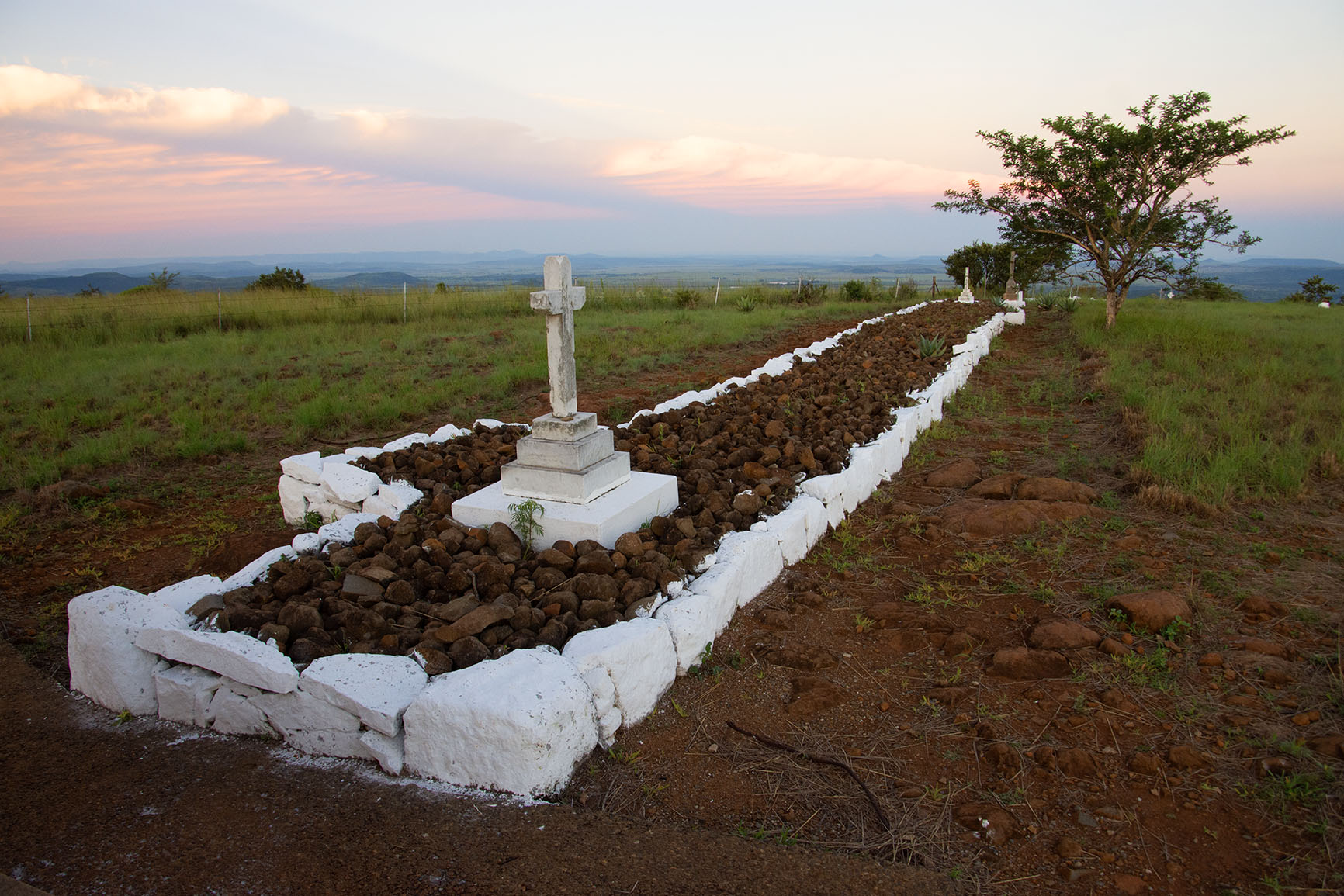 As my photos highlight, for those who step onto these battlefields today, the experience is both humbling and enthralling. Visiting the historic sites of Isandlwana, Rorke’s Drift, and Spion Kop I, like many other visitor over the years, was consumed with the ever-powerful connection to the events that shaped South Africa.
As my photos highlight, for those who step onto these battlefields today, the experience is both humbling and enthralling. Visiting the historic sites of Isandlwana, Rorke’s Drift, and Spion Kop I, like many other visitor over the years, was consumed with the ever-powerful connection to the events that shaped South Africa.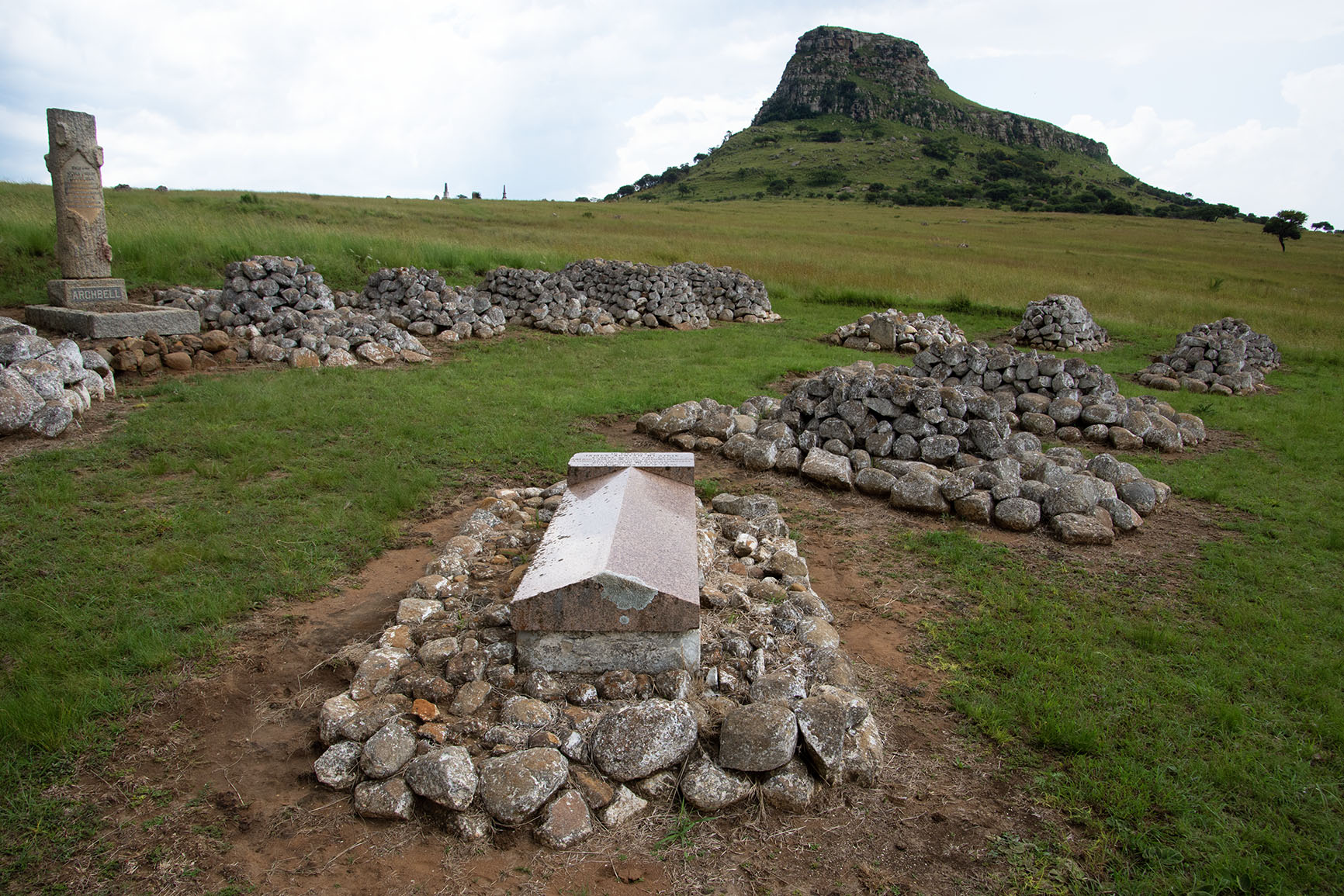
Isandlwana: The Zulu Triumph
As one approaches the hauntingly beautiful hill of Isandlwana, it is impossible not to feel the weight of history pressing down. The battlefield, nestled amid rolling grasslands, remains eerily untouched, marked only by scattered stone cairns – silent memorials to the fallen. It was here, on 22 January 1879, that the Zulu army achieved its most famous victory against the British.
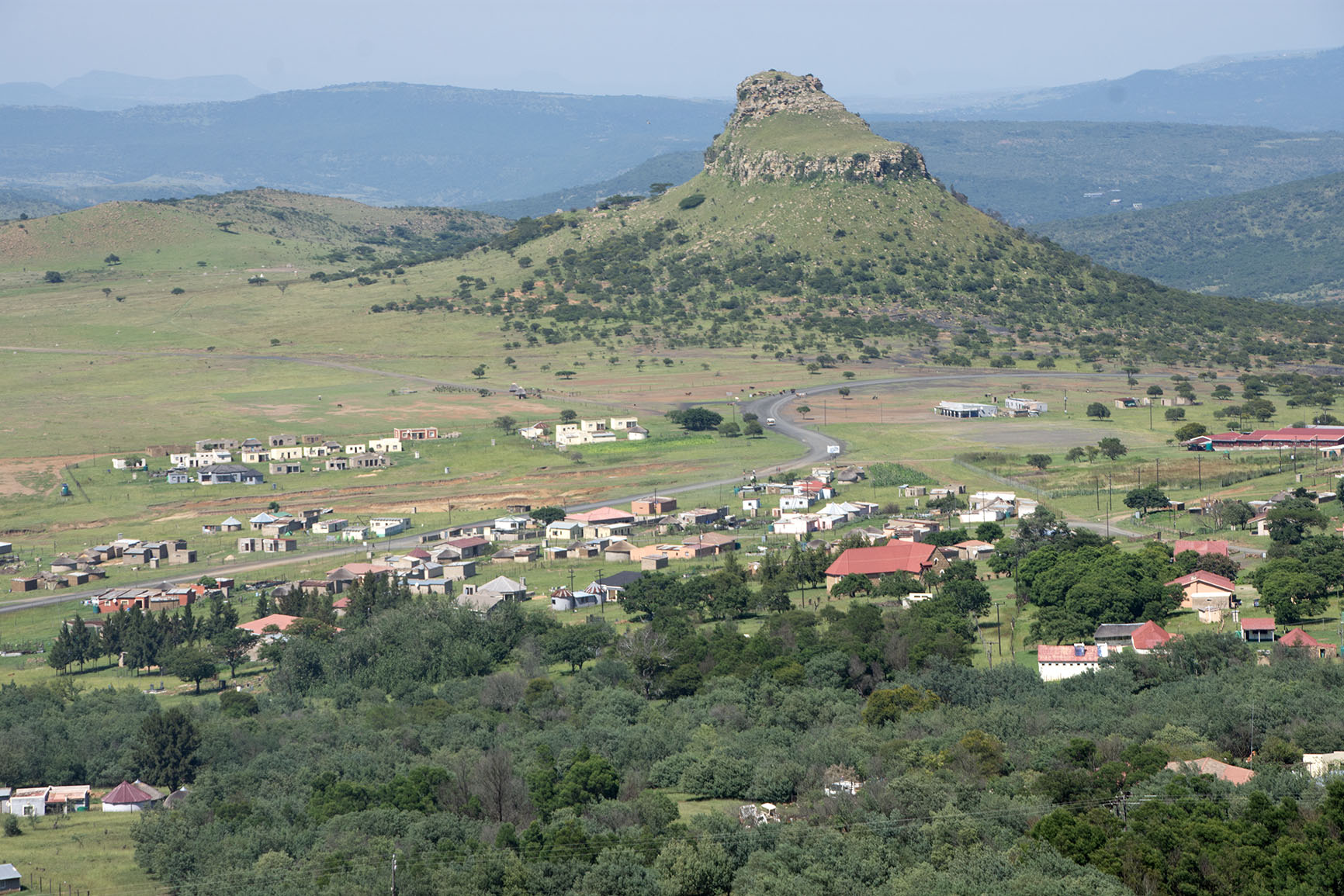
In a masterful display of tactics, the Zulu warriors, armed mostly with spears and shields, outflanked and overwhelmed the vastly better-equipped British forces. The result was a devastating loss for the British, marking one of their worst military defeats at the hands of an indigenous force.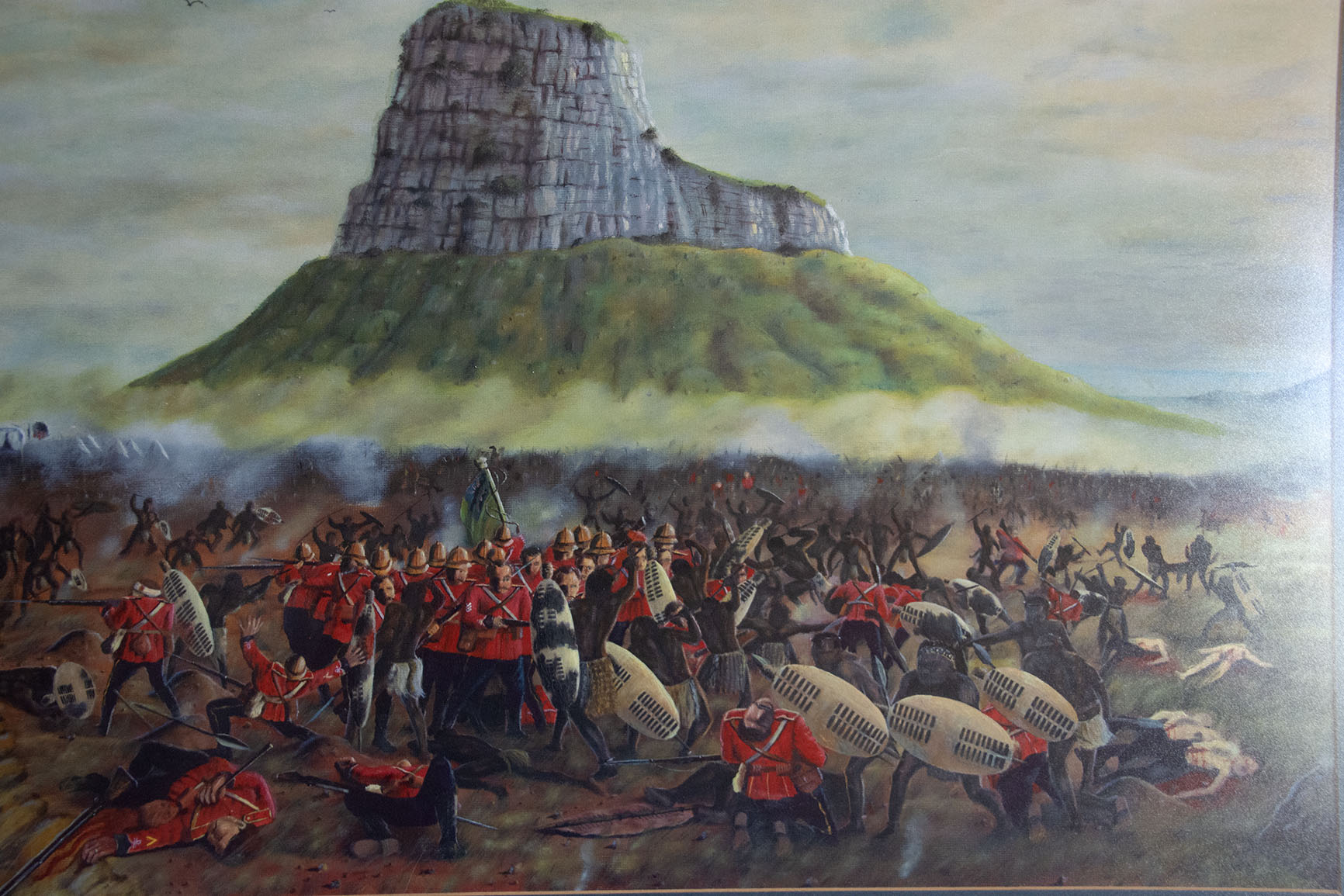
A guided tour bringing the battle vividly to life, with details on the bravery of the Zulu regiments and the desperate last stand of British soldiers. As you stand at the foot of Isandlwana, the whispers of history seem almost tangible in the breeze, a stark reminder of the brutal clash between such differing cultures.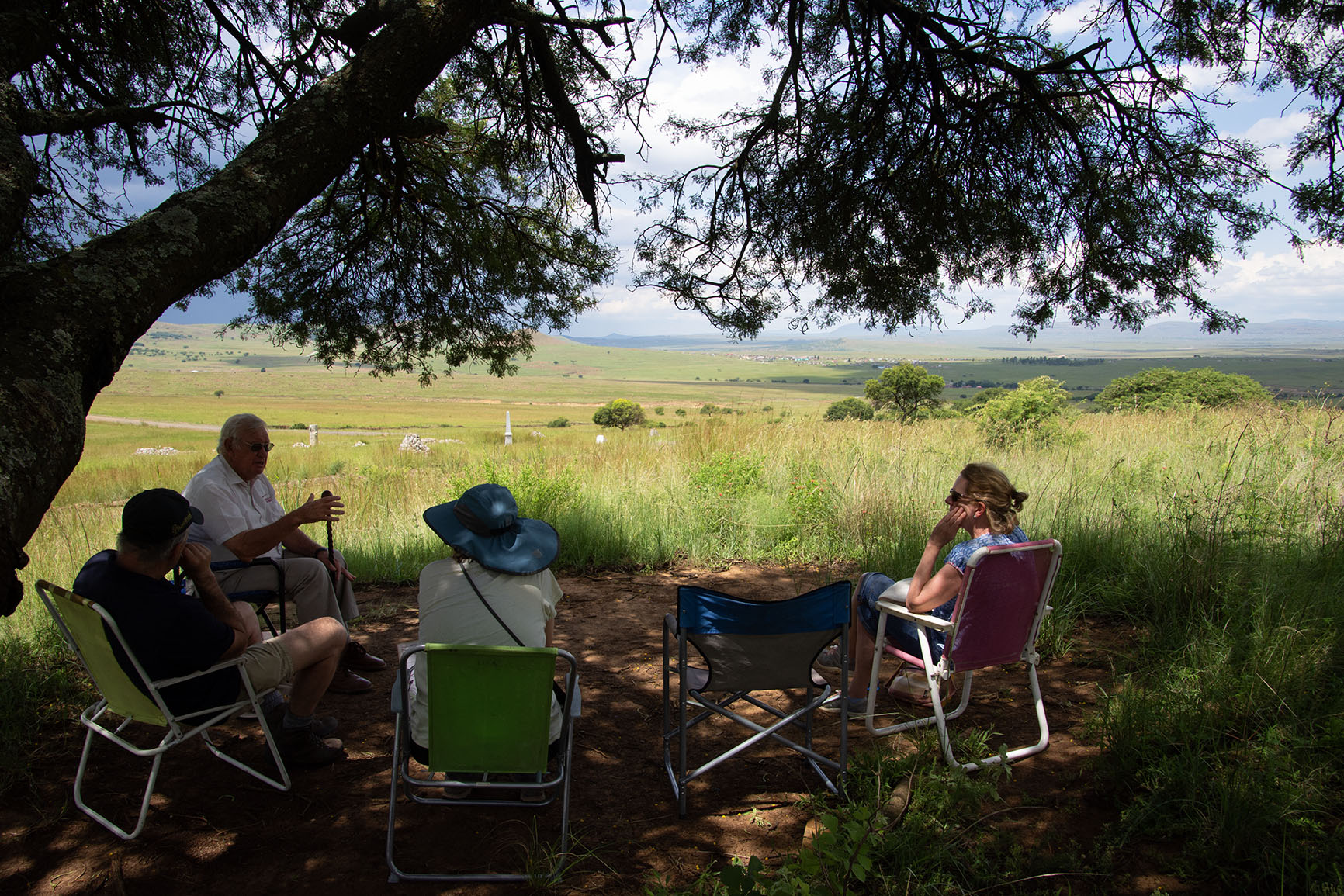
Rorke’s Drift: A Heroic Defence
Just a short drive from Isandlwana lies Rorke’s Drift, a mission station that became the site of one of the most celebrated defences in military history. On the same day as the disaster at Isandlwana, a small garrison of British soldiers, retreated back across the Buffalo River and, outnumbered by more than 20 to one, held off relentless waves of Zulu attackers through the night.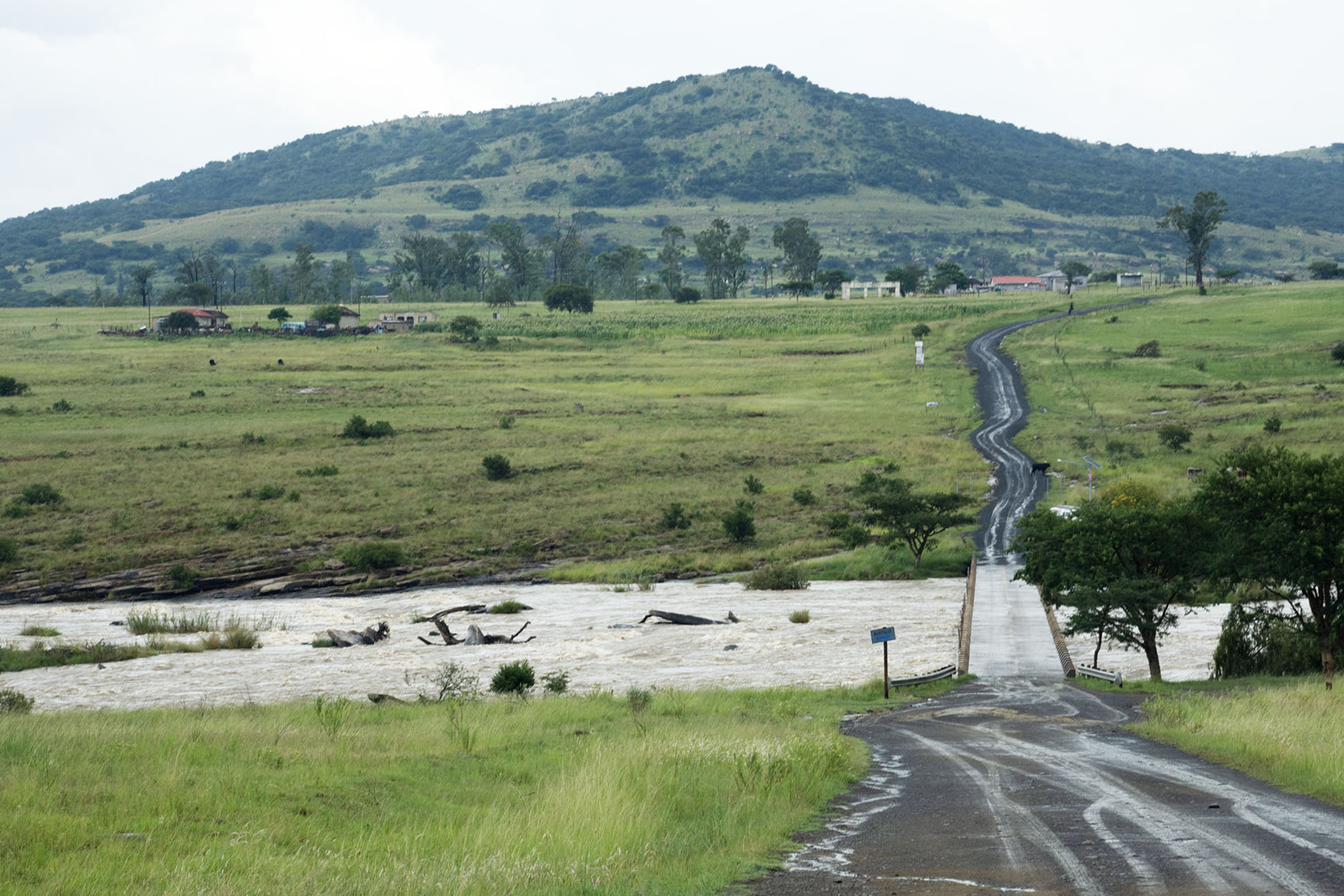
The events of Rorke’s Drift were immortalised in the film Zulu (1964), yet nothing prepares you for the reality of standing on the very ground where 11 Victoria Crosses were awarded in a single battle. The rebuilt mission station and the adjacent museum offer a gripping retelling of how a hastily fortified hospital and storehouse became a last redoubt against the Zulu onslaught.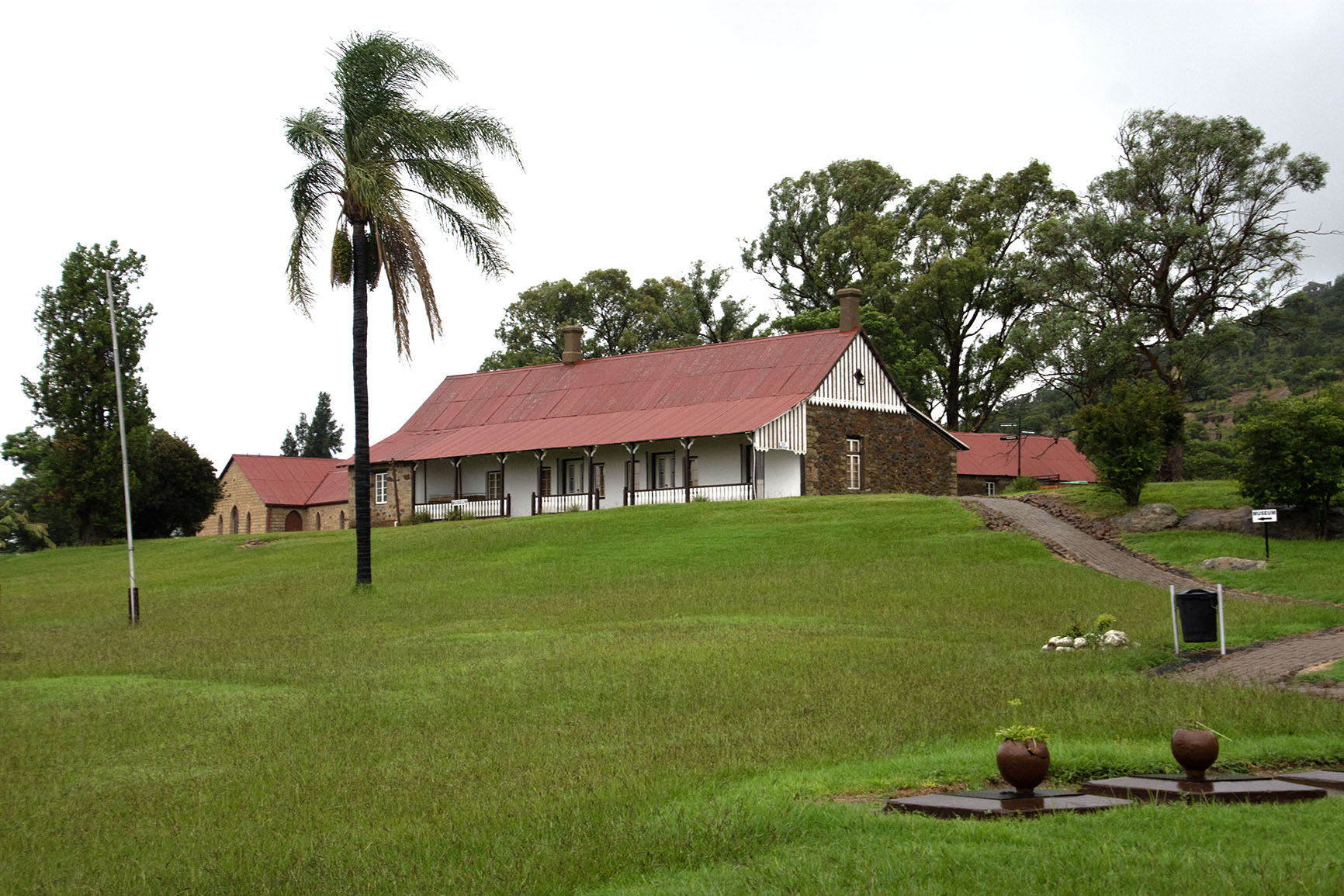
Walking through the site, the contrast with Isandlwana is striking: whereas Isandlwana tells the story of a crushing British defeat, Rorke’s Drift is the tale of an unlikely victory/survival. The battlefield reminds visitors that history is rarely one-sided, but rather a series of interwoven narratives of resilience, tragedy, and triumph.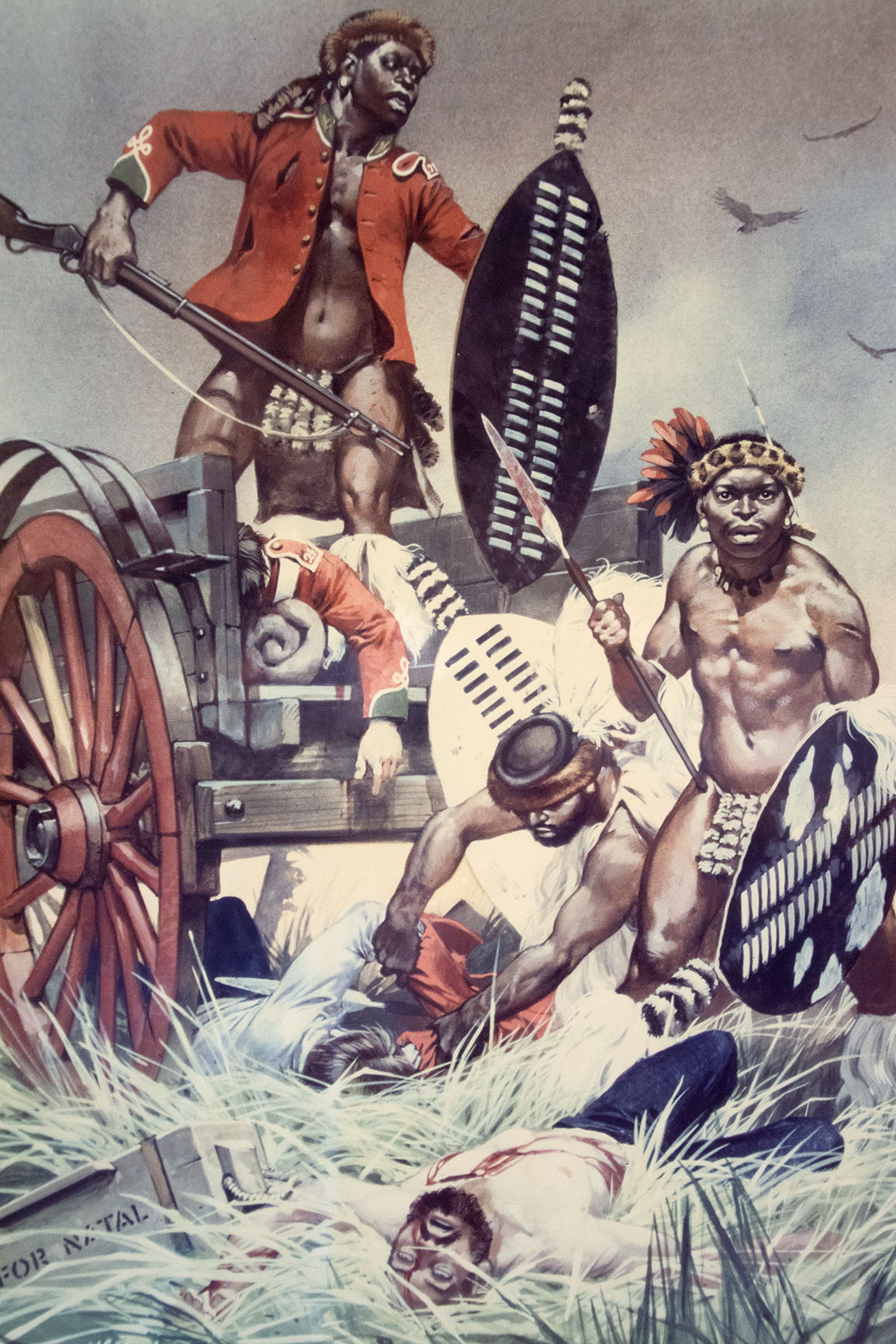
Spion Kop: The Boer War’s Bleakest Battlefield
Moving forward in time but not far in distance, Spion Kop offers another lesson in the harsh realities of war. Spectacularly perched high above the Tugela River, with views across to the distant Drakensberg Mountains, the battlefield saw one of the bloodiest confrontations of the Anglo-Boer War in January 1900.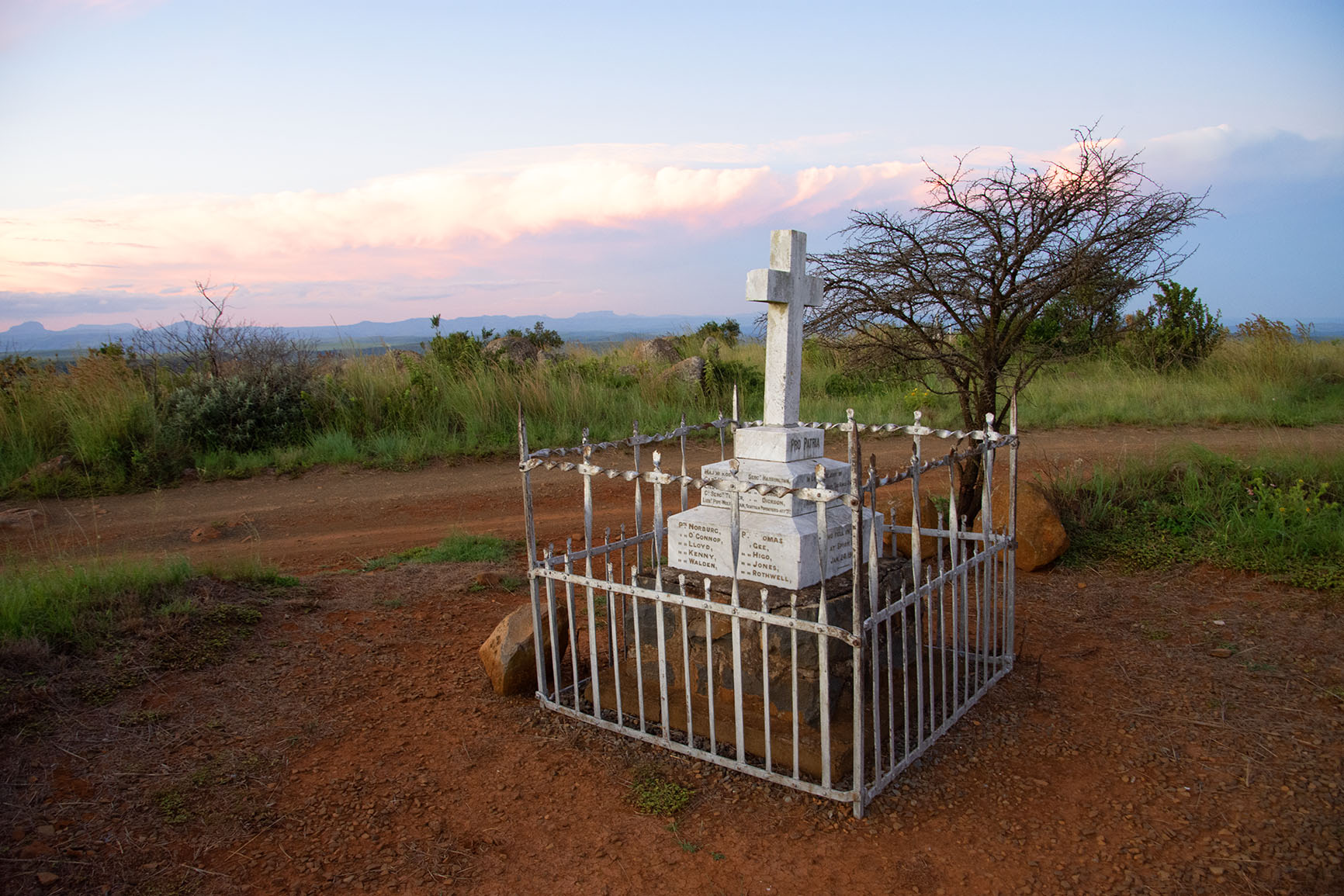
With British forces attempting to relieve the besieged town of Ladysmith, a disastrous miscalculation saw troops seize the summit, only to dig inadequate trenches and find themselves exposed to relentless Boer fire. The confusion was compounded by poor communication, leading to a nightmarish battle in which hundreds perished in a single day.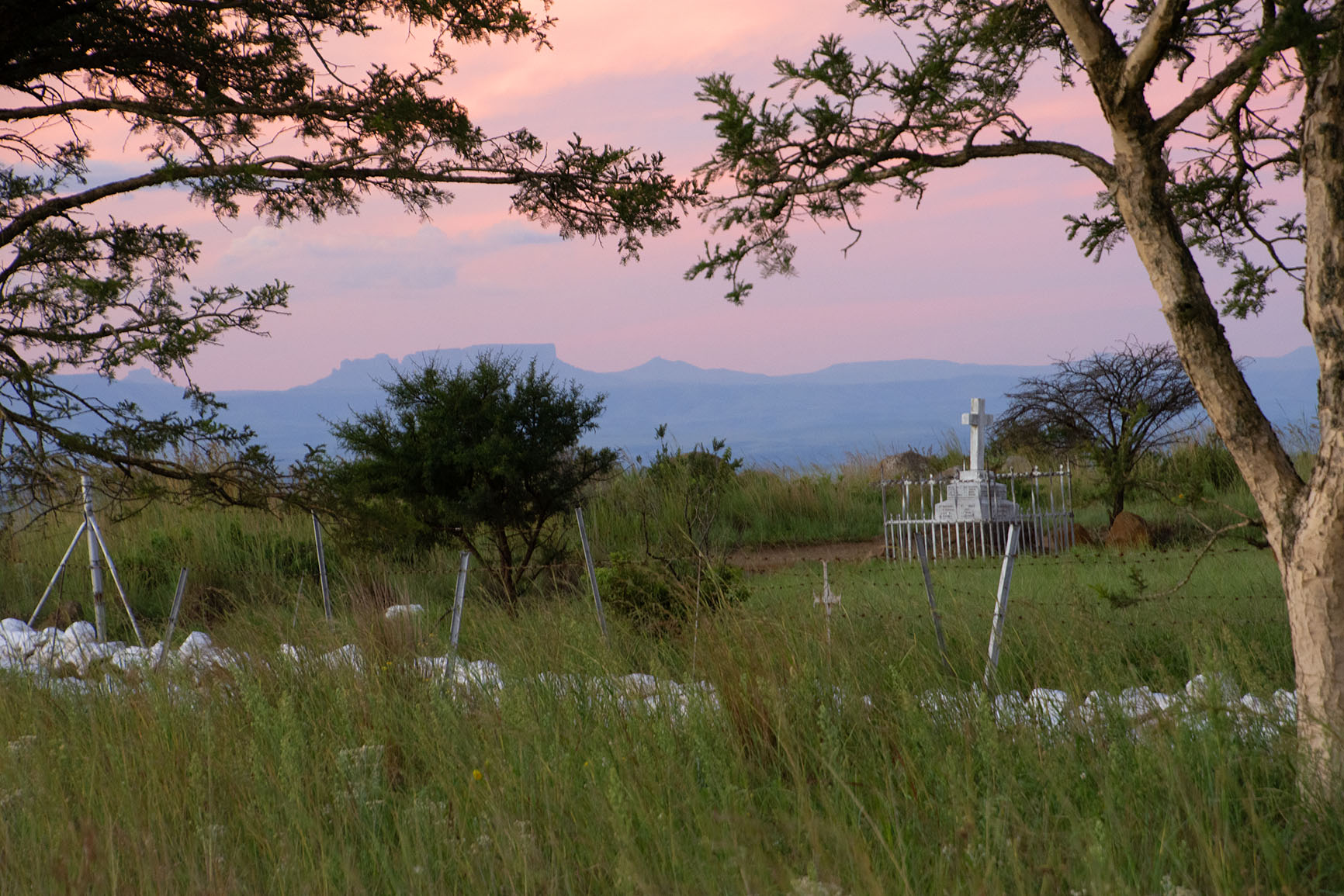
The visit to Spion Kop is a splendid, yet sobering experience. The ridge is lined with mass graves, and the scale of the carnage is palpable. From this vantage point, you can gaze out over the rolling hills, trying to comprehend the chaos that unfolded here. It is said that Winston Churchill (then a war correspondent) and Mahatma Gandhi (a stretcher-bearer) were both present during the campaign, further underscoring the battlefield’s place in world history.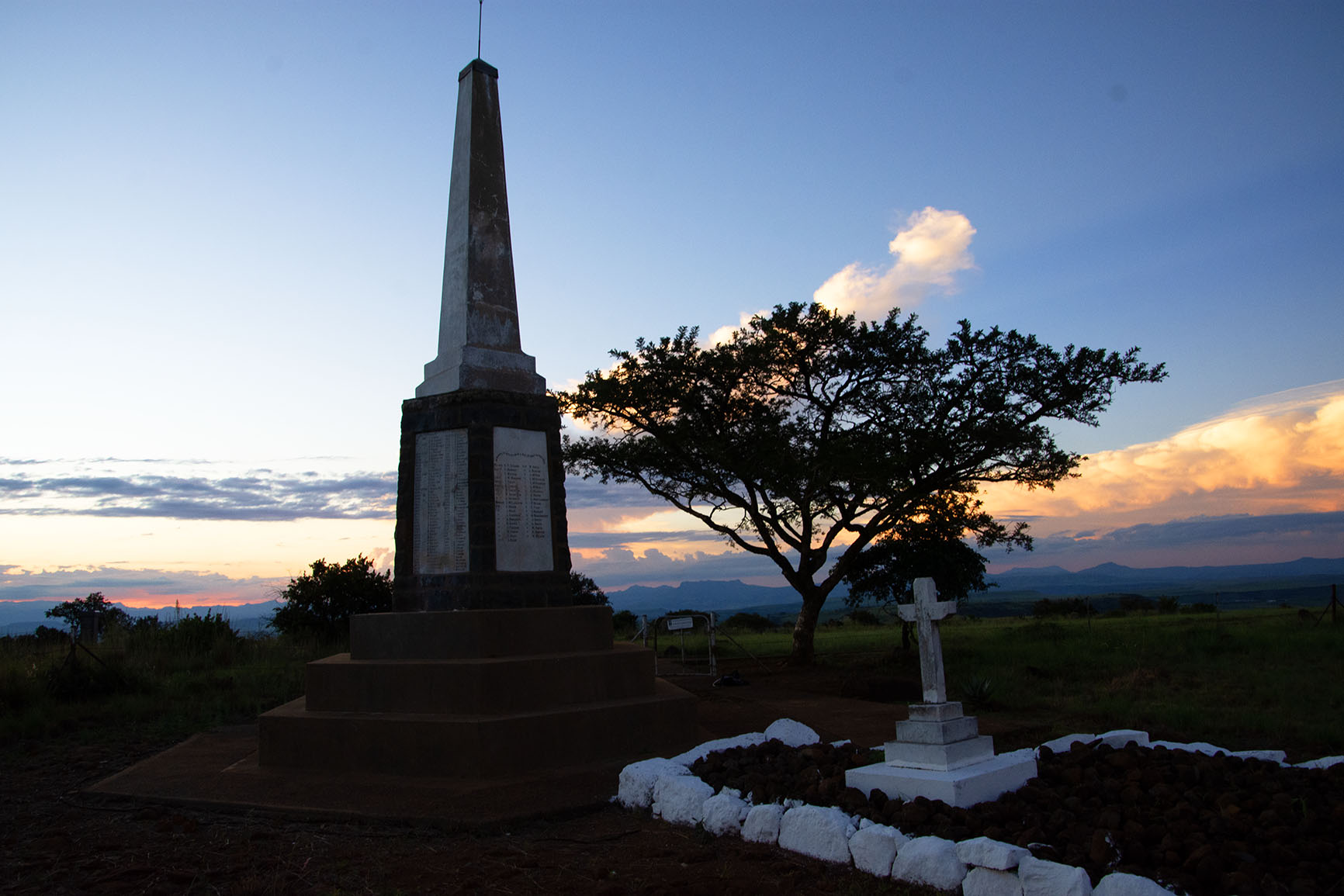
The Legacy of KwaZulu-Natal’s Battlefields
These historic battlefields are more than sites of conflict; they are places of memory, learning, and reflection. They offer insights not just into military history but into the resilience and bravery of those who fought on both sides. A journey through KwaZulu-Natal’s battlefields is a journey into the past, but it also invites you to consider the present and the future, to reflect on the human cost of war and the lessons it leaves behind.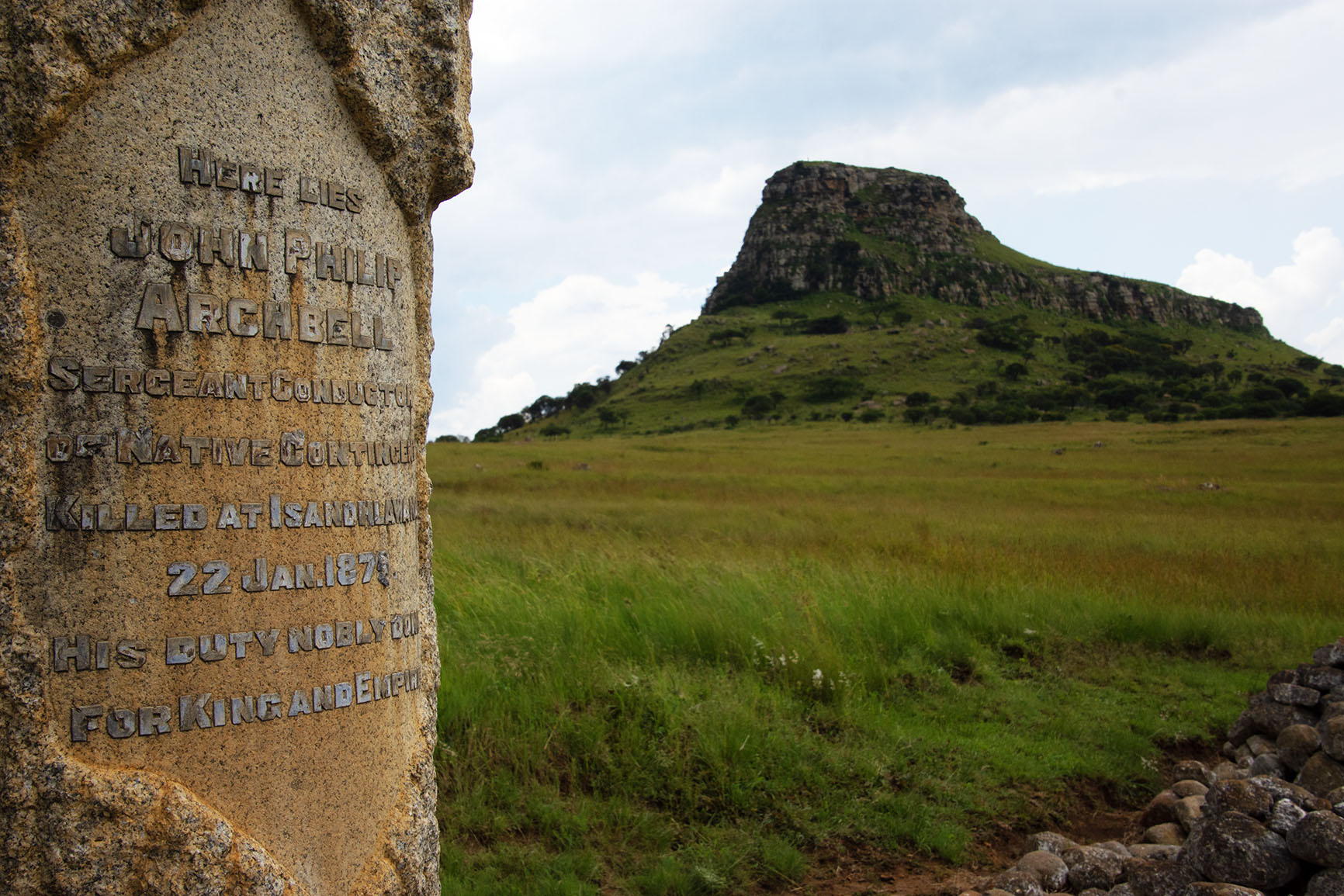
For history enthusiasts, cultural travellers, and those simply seeking a deeper connection with the land, there are few places more evocative than these sacred spaces. The battlefields of KwaZulu-Natal stand as a lasting tribute to the human spirit. One of struggle, sacrifice, and the unbreakable link between past and present.
Isandlwana Images: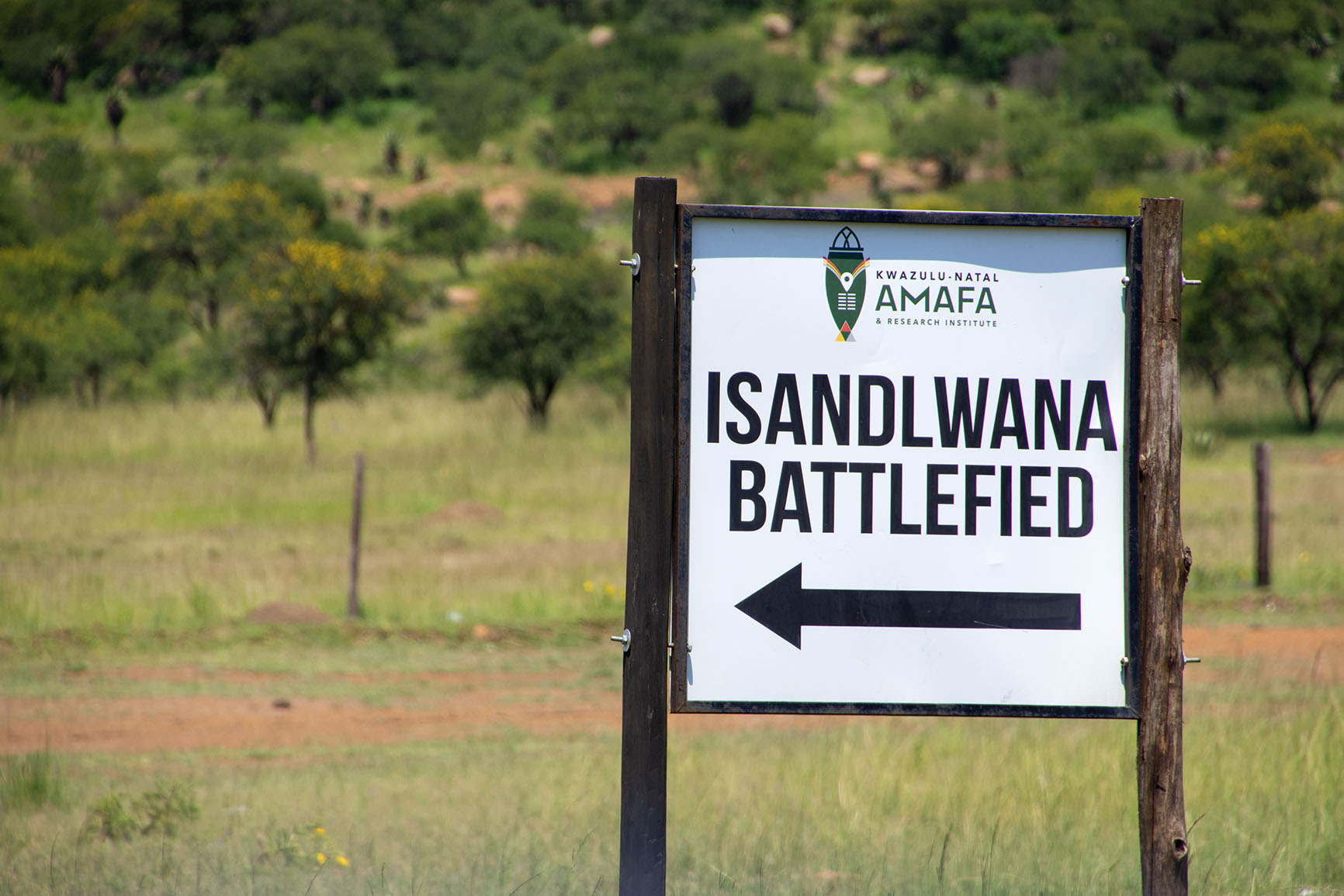
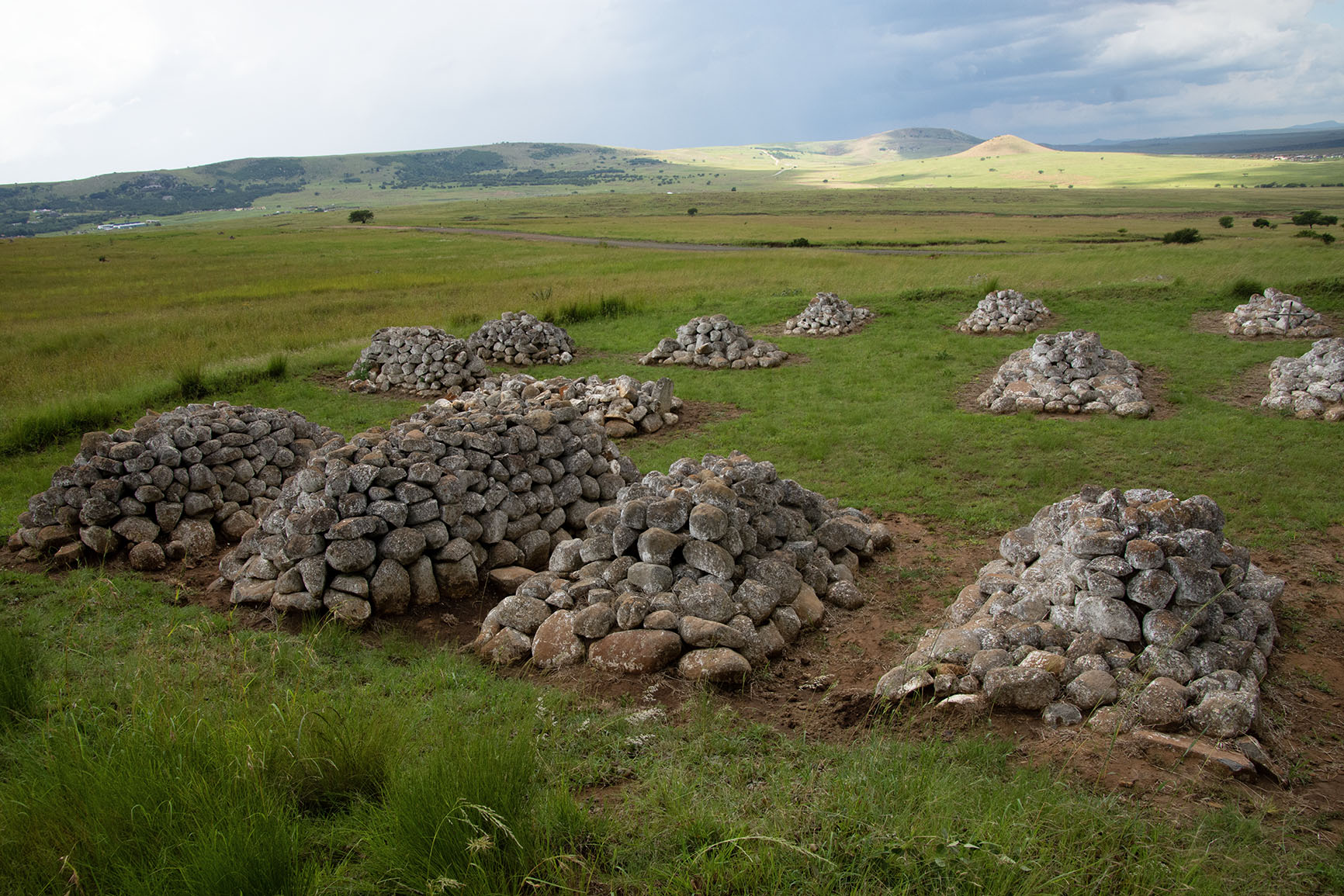
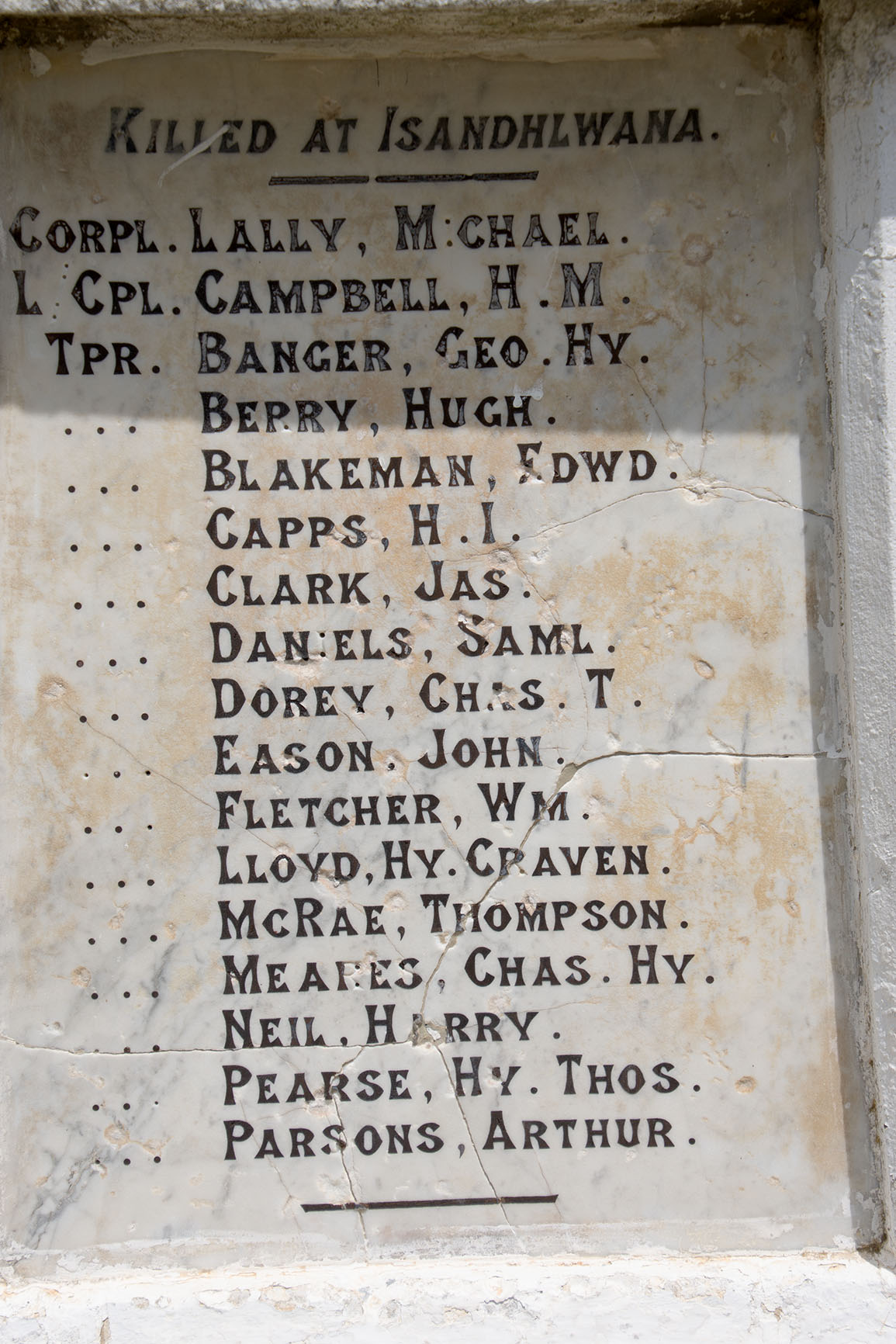
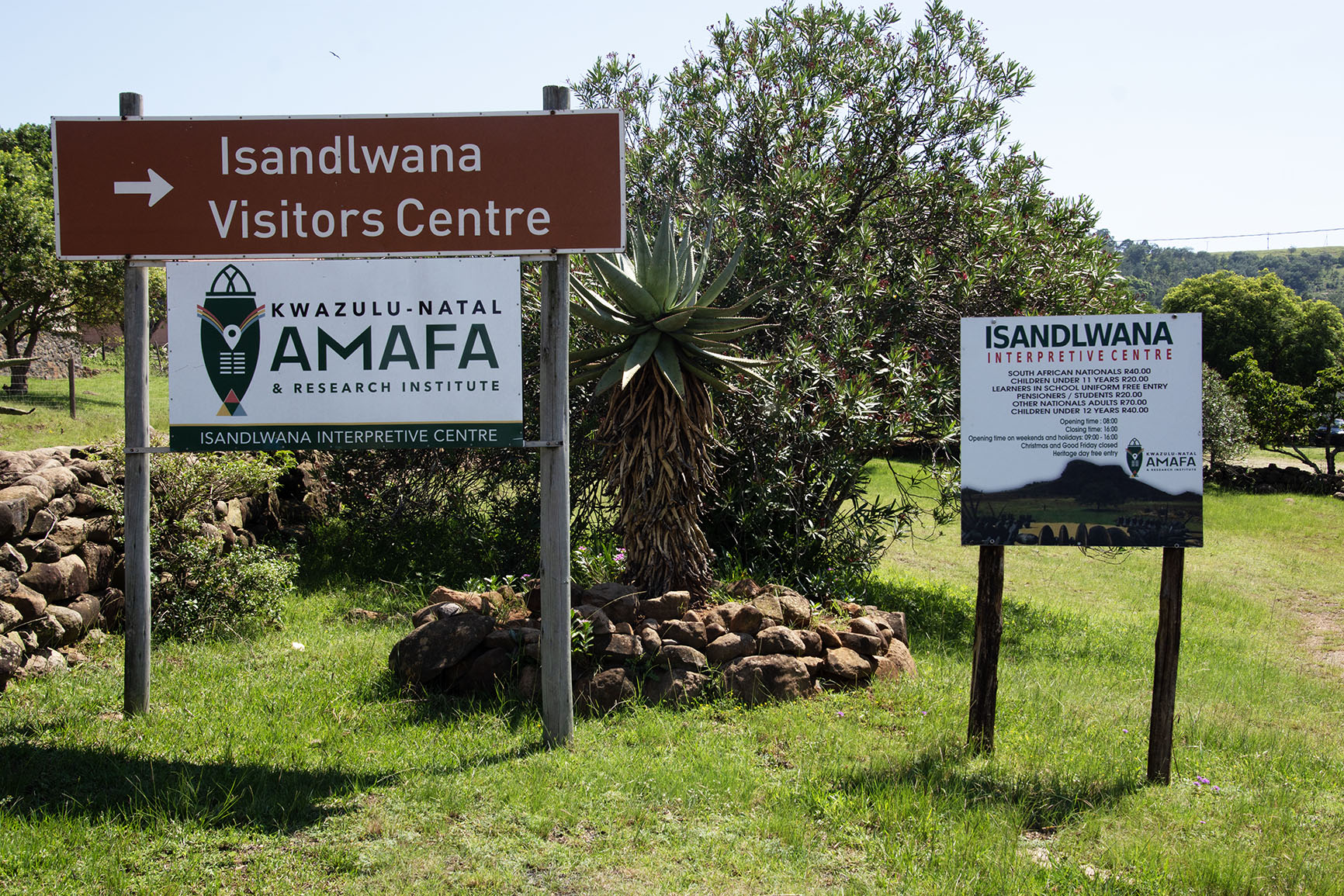
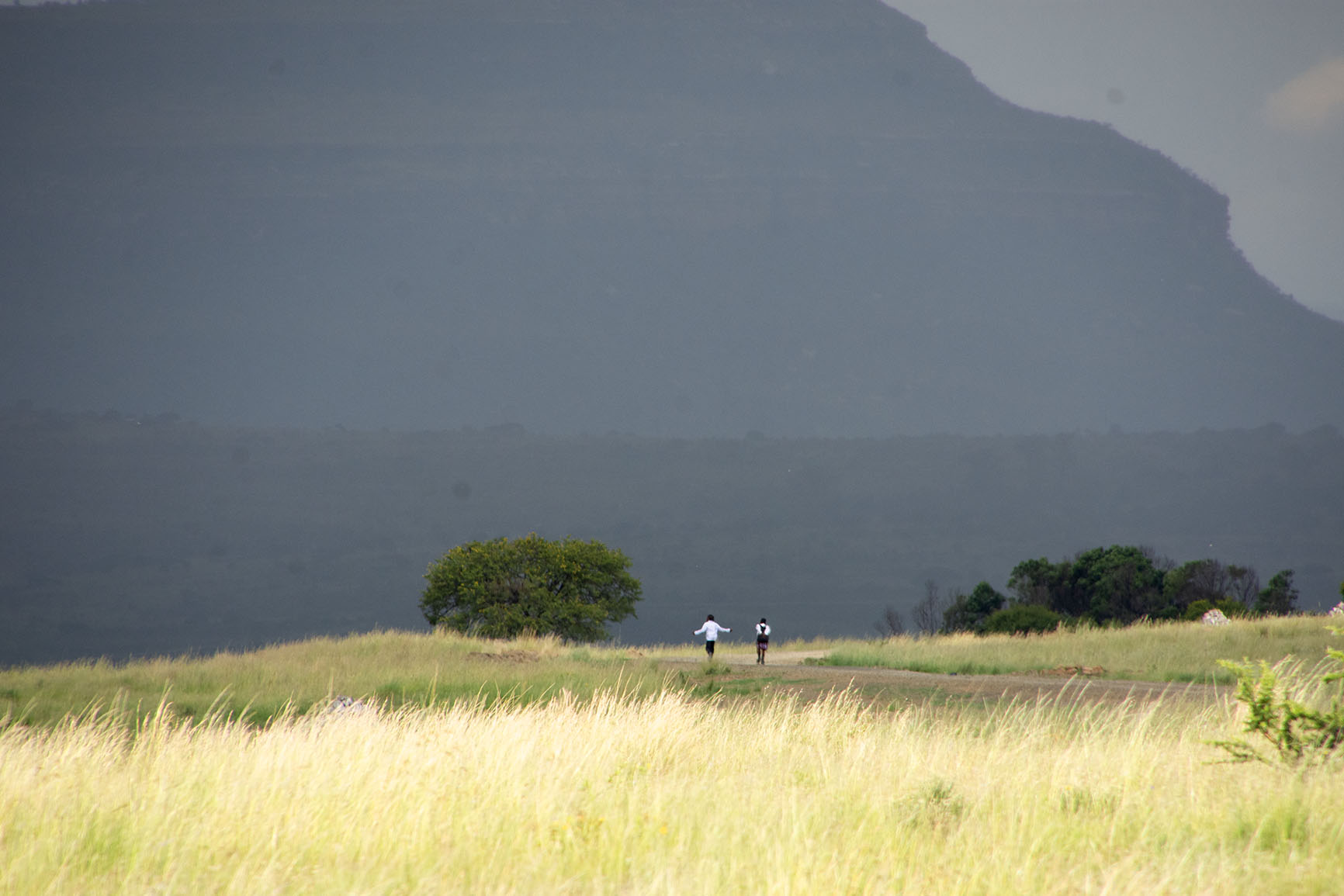
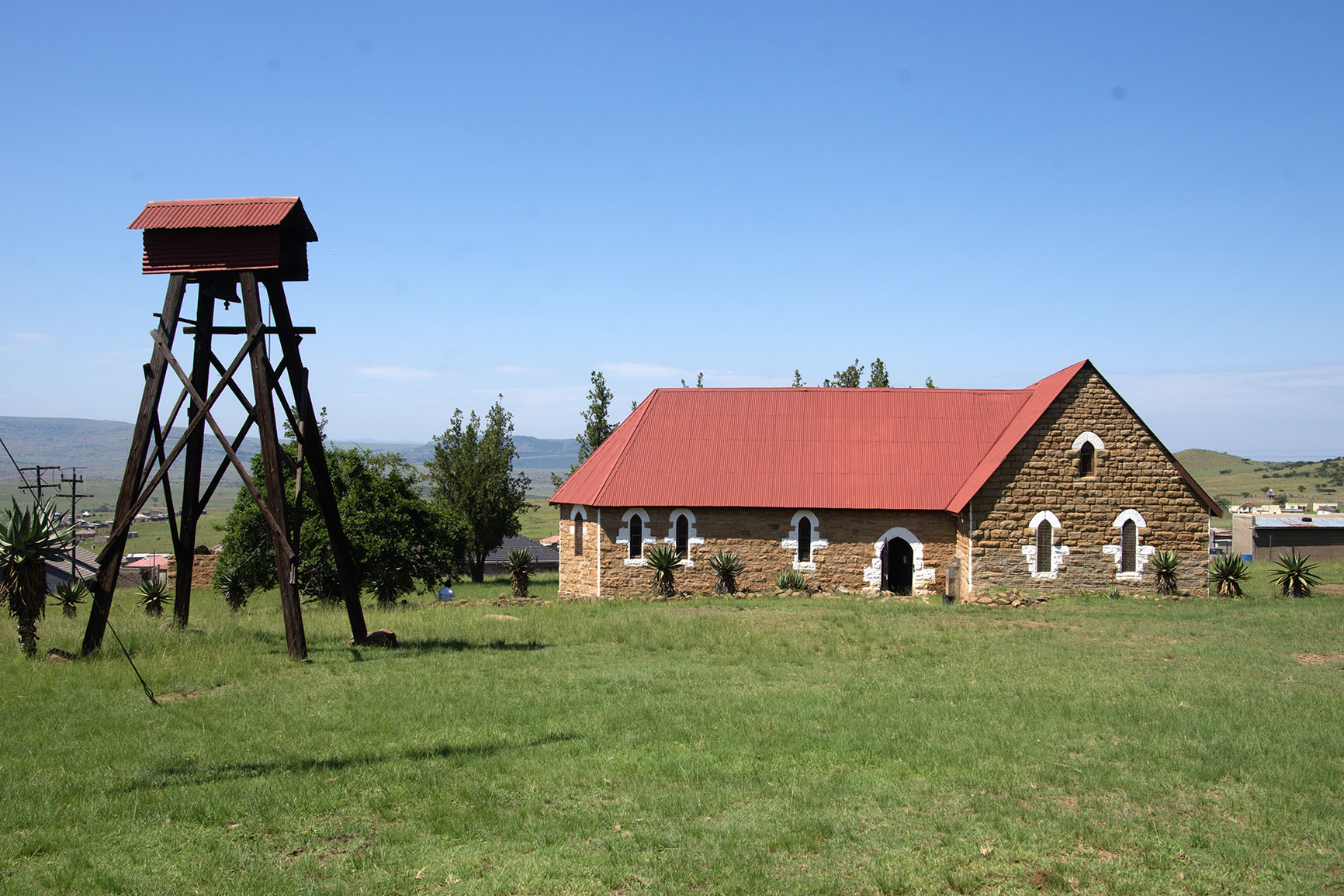
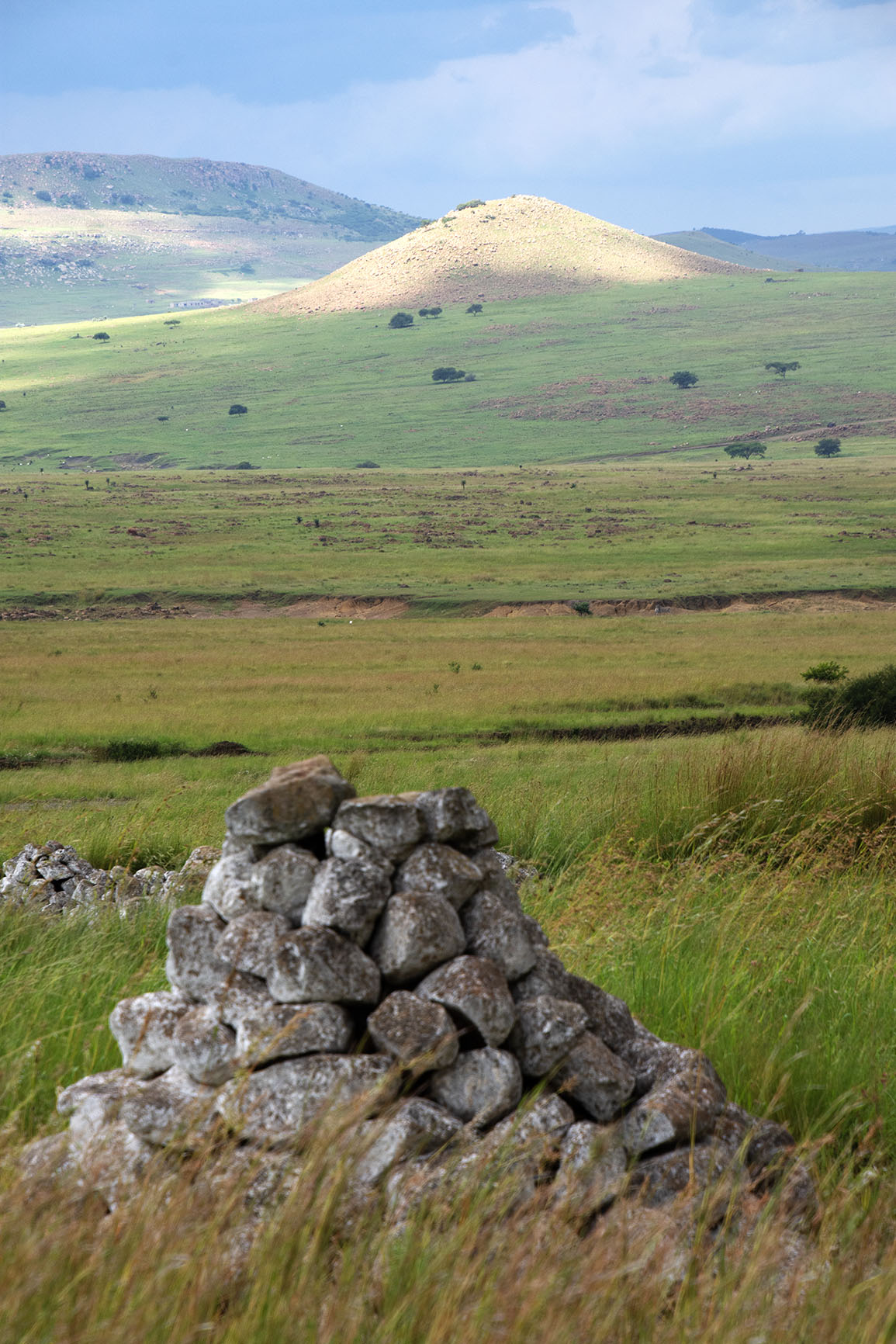
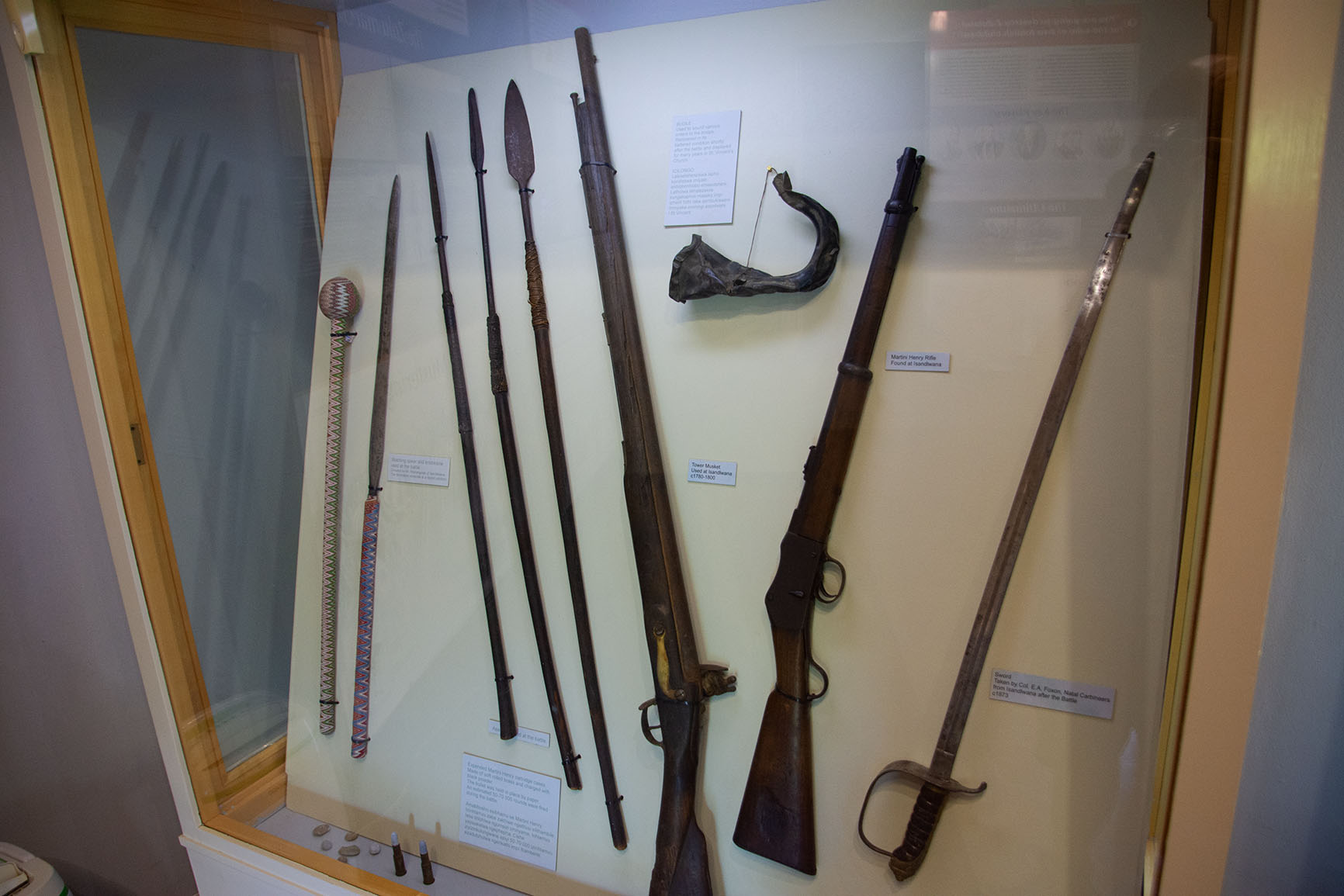
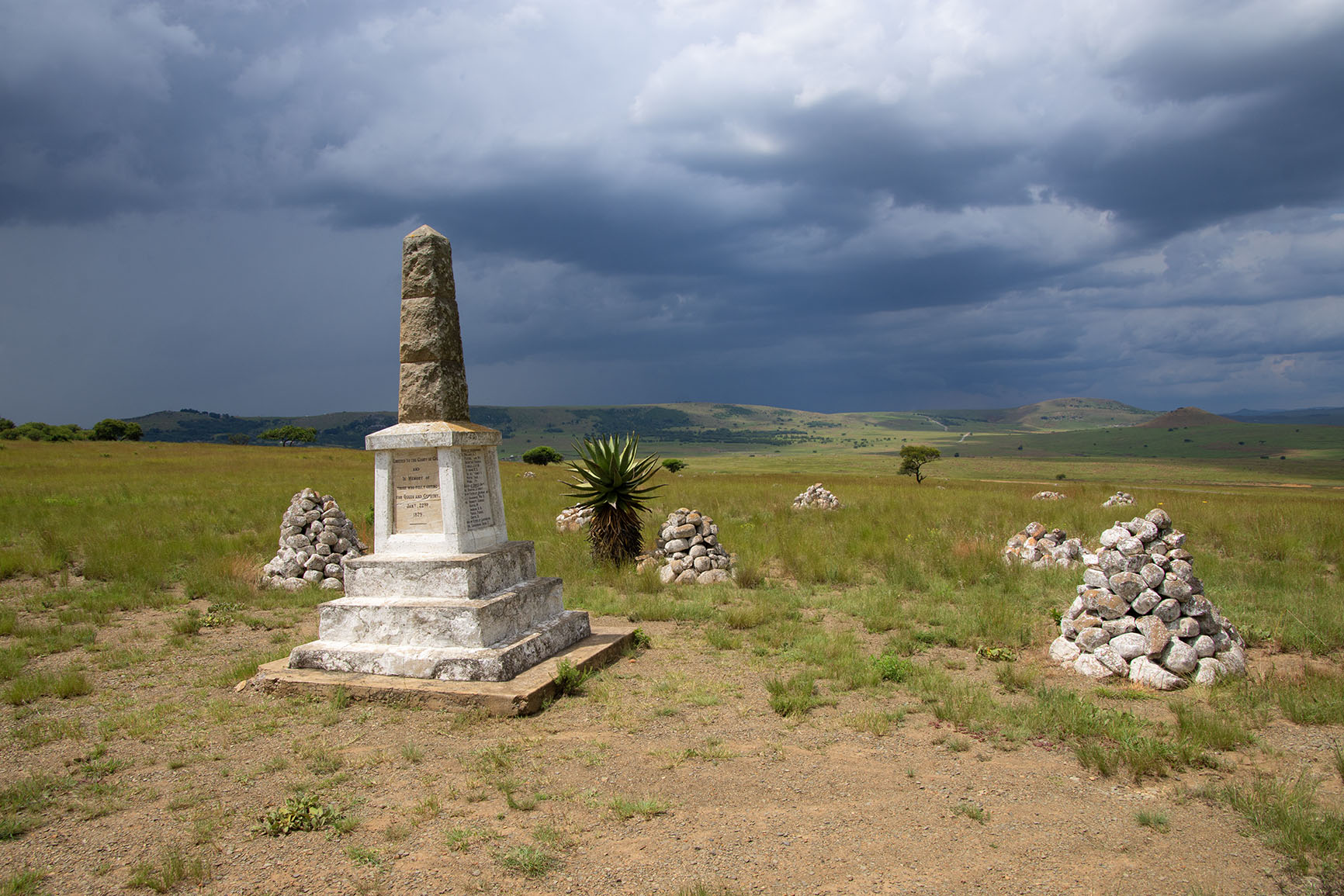
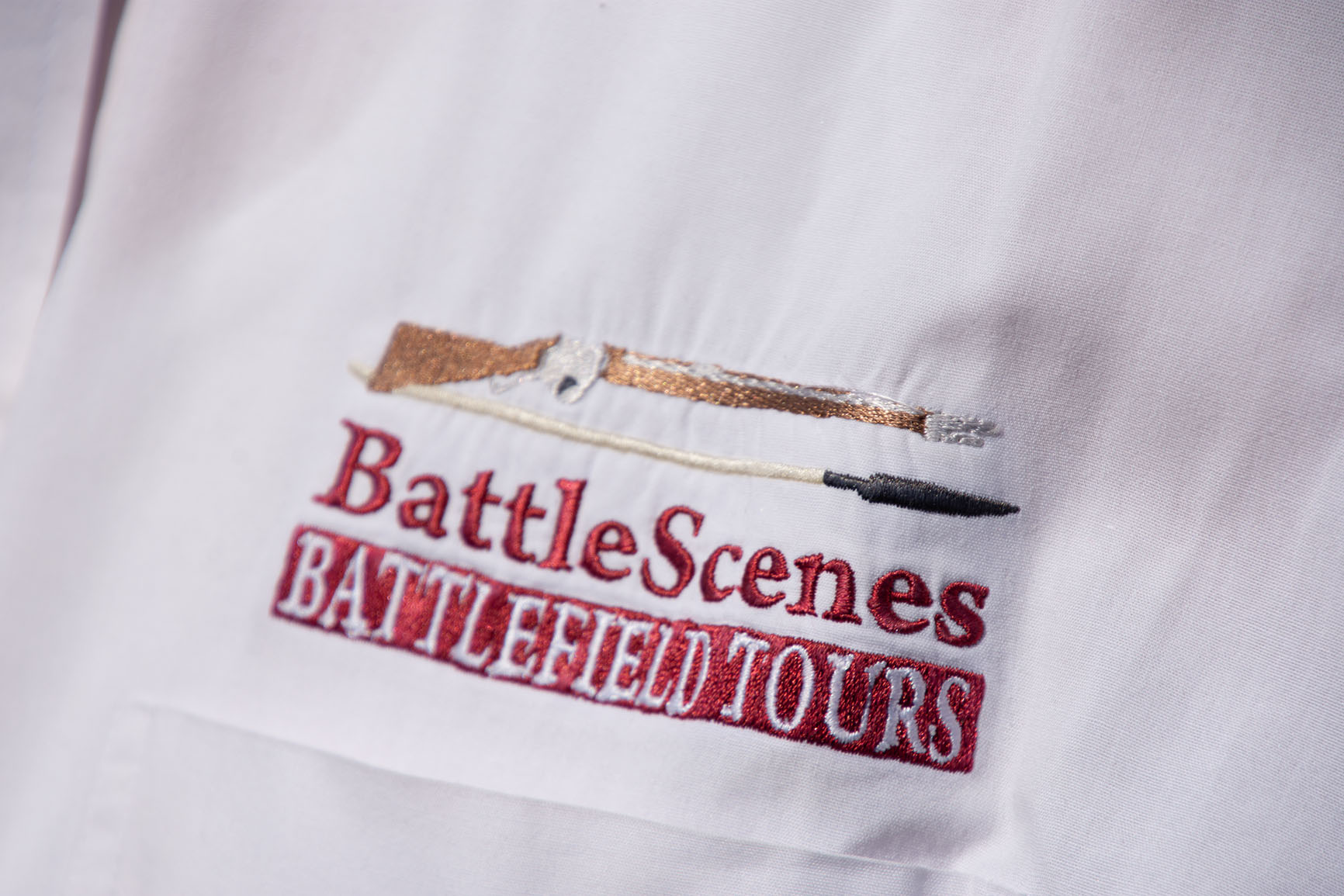
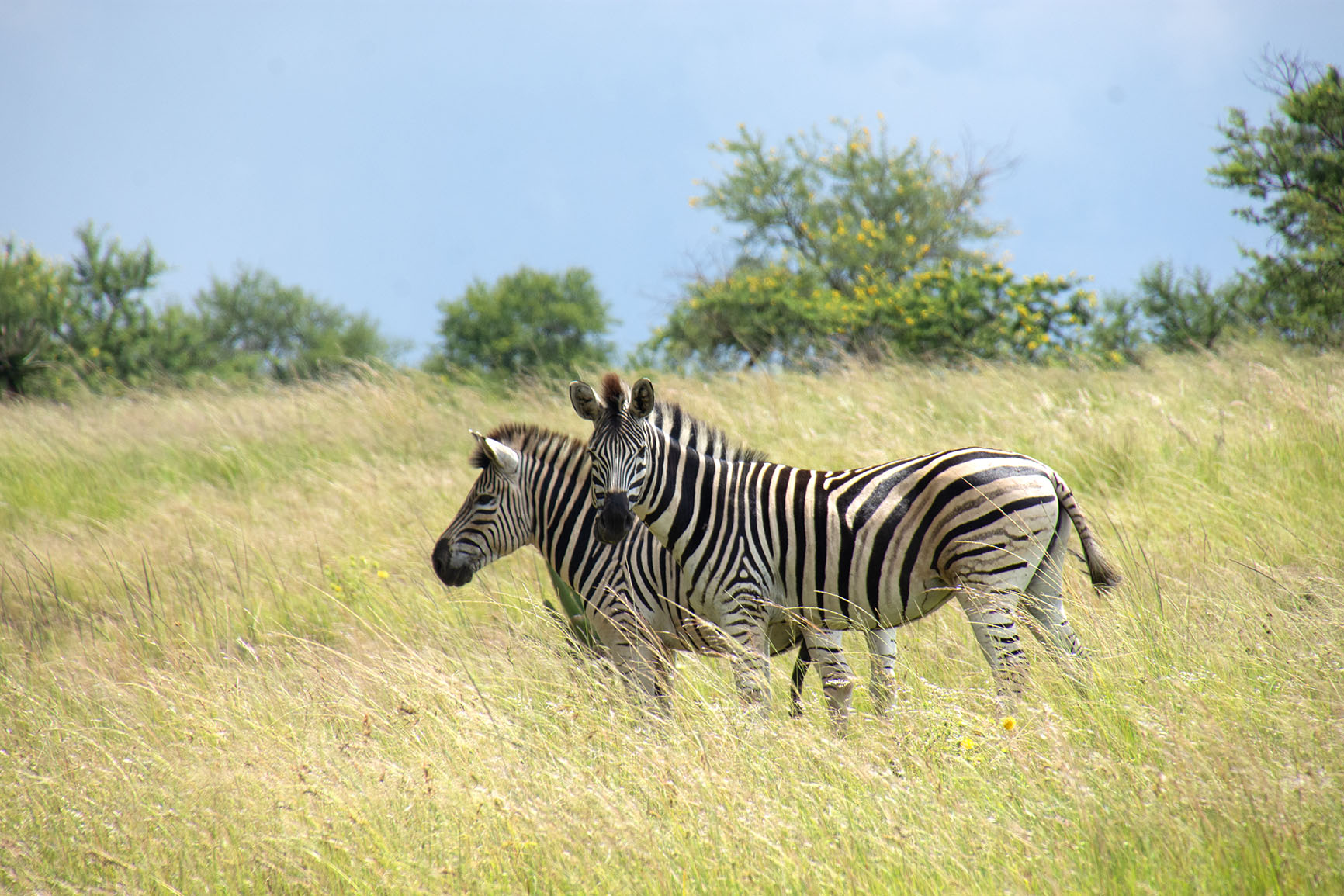
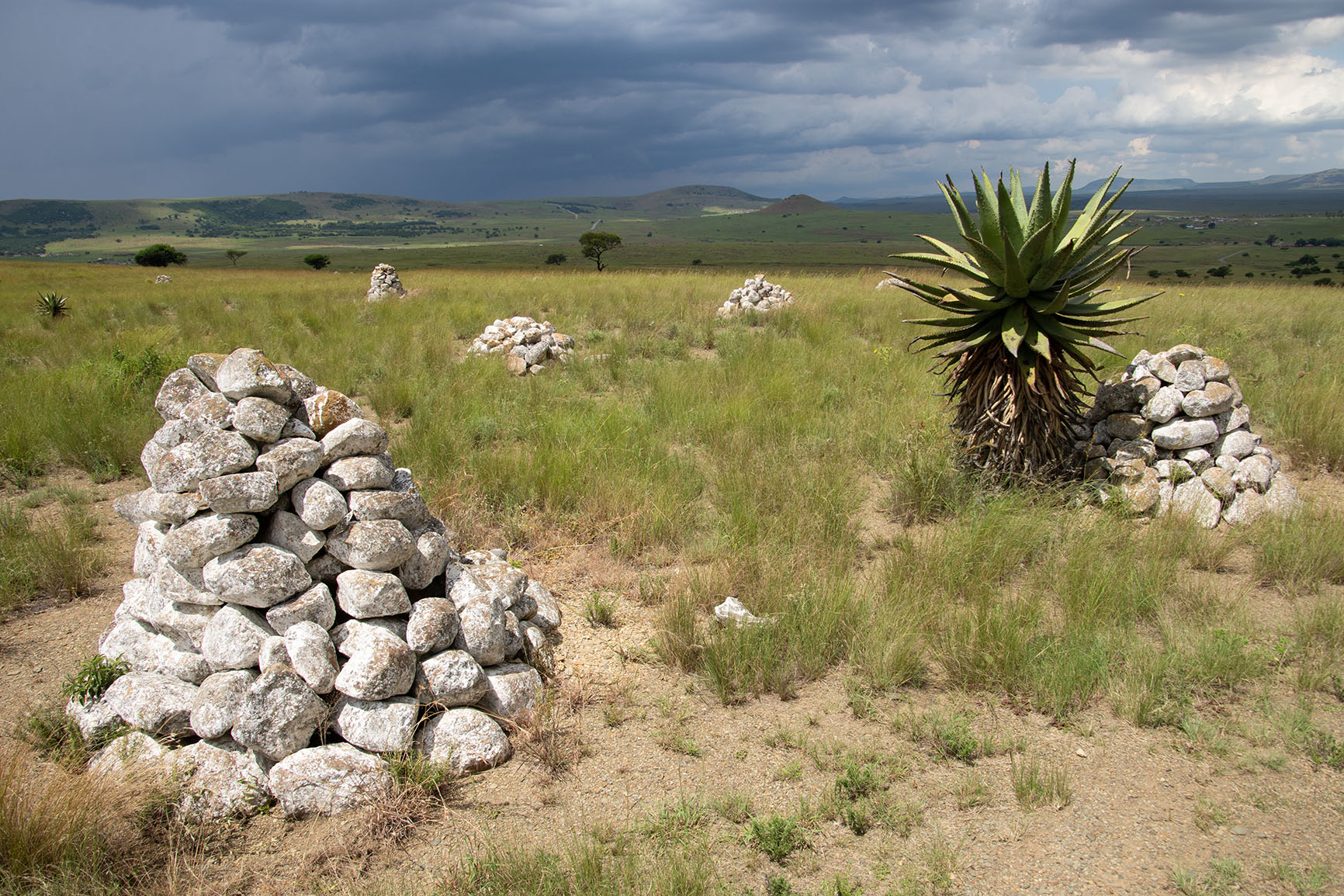
Rorke’s Drift Images: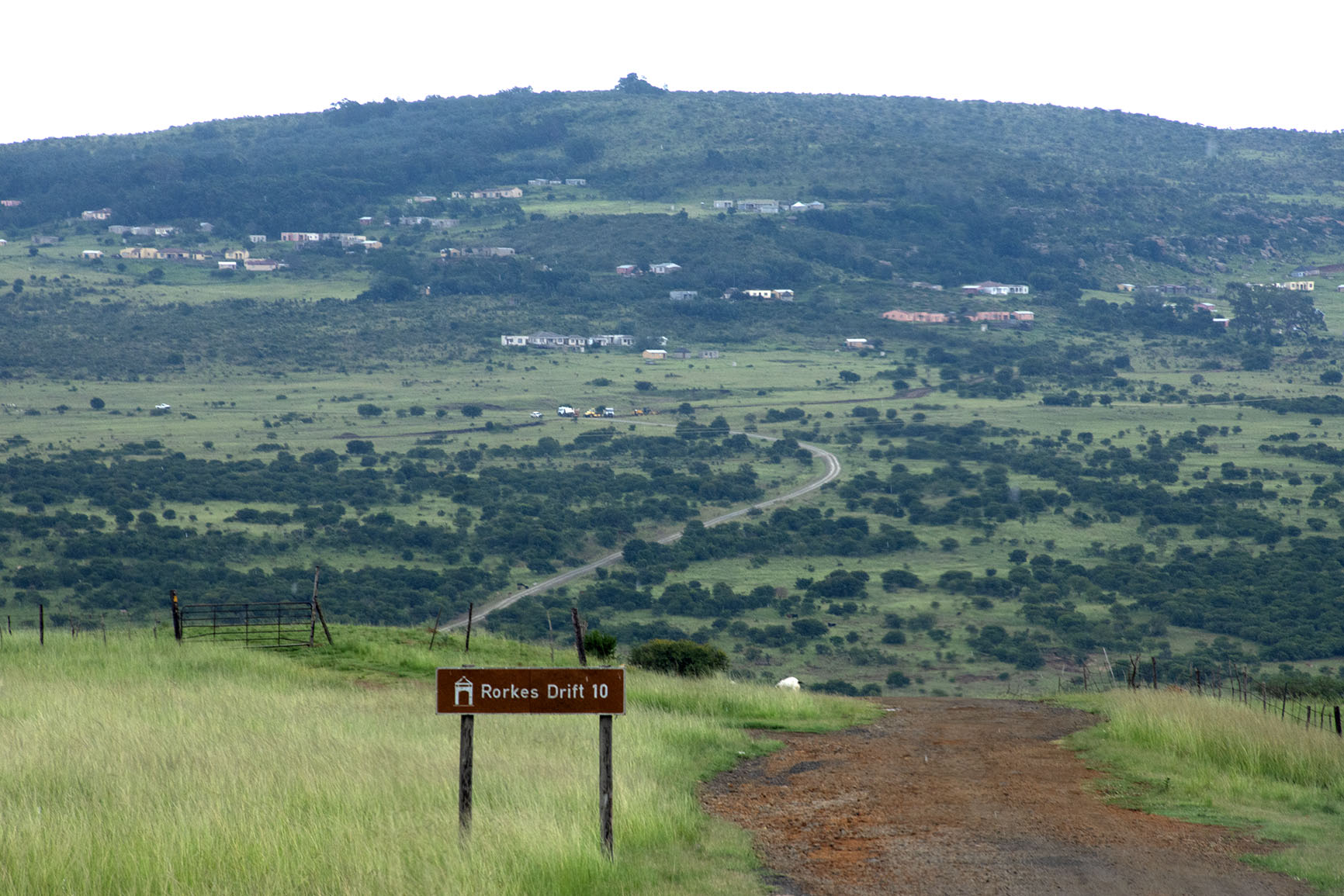
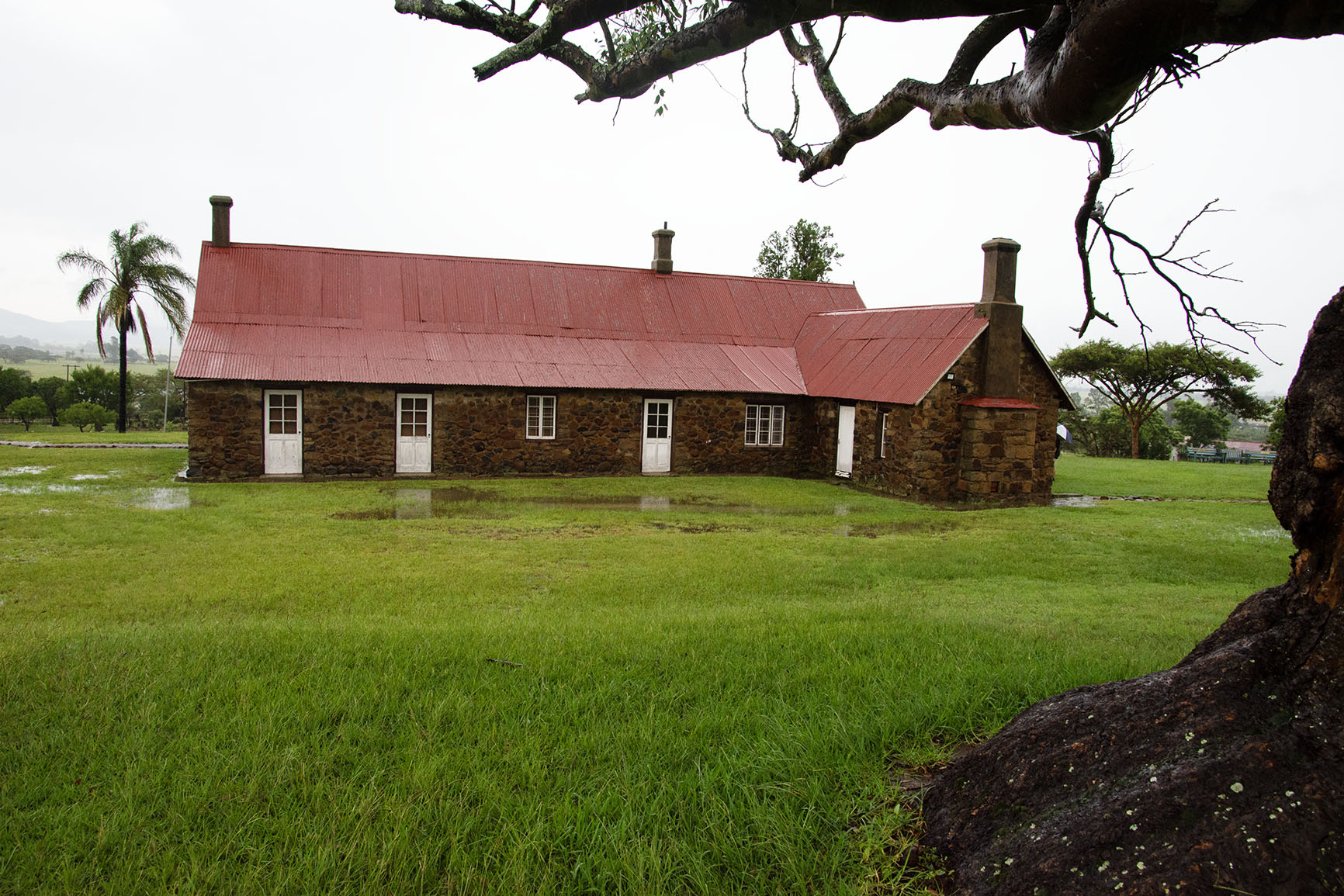
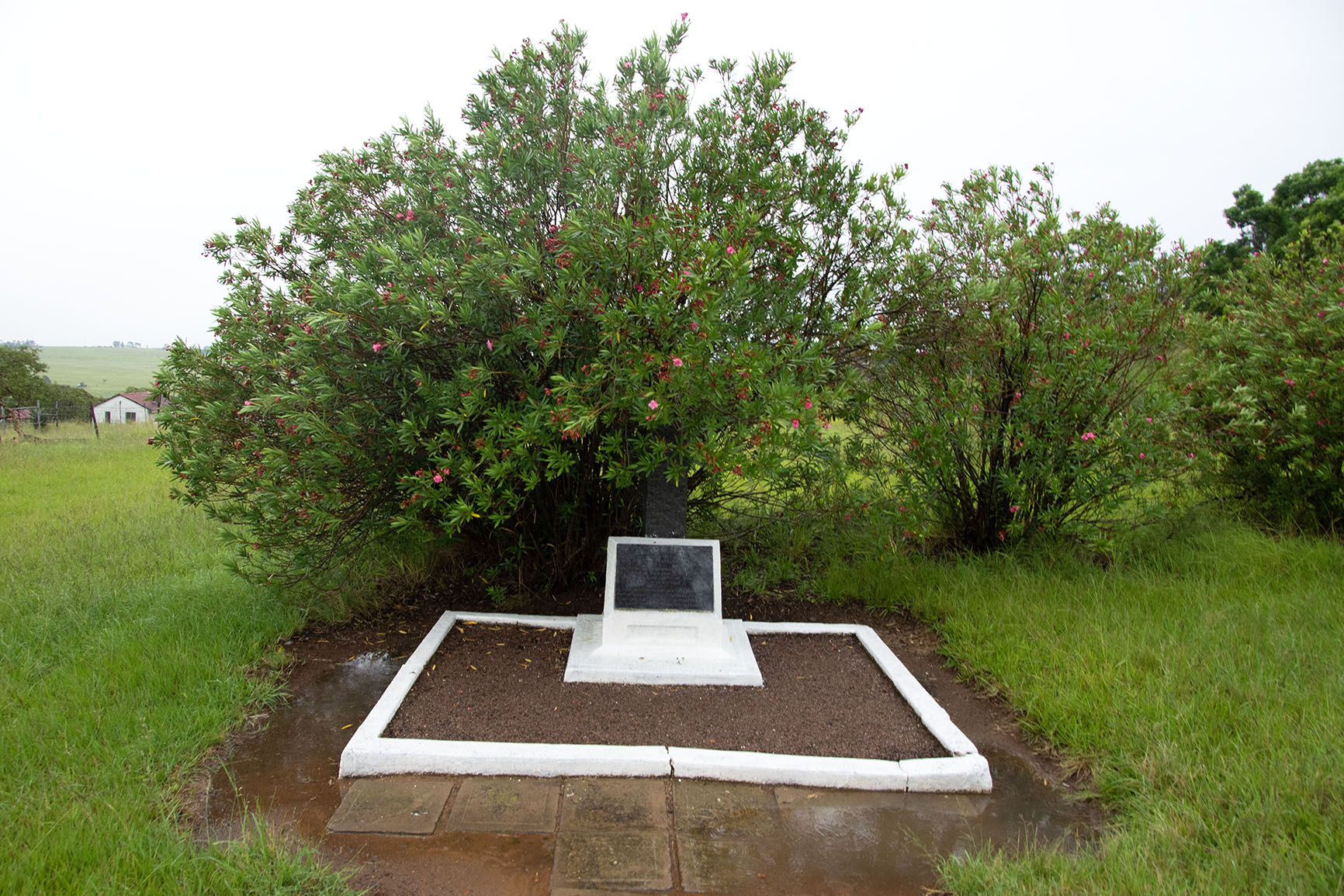
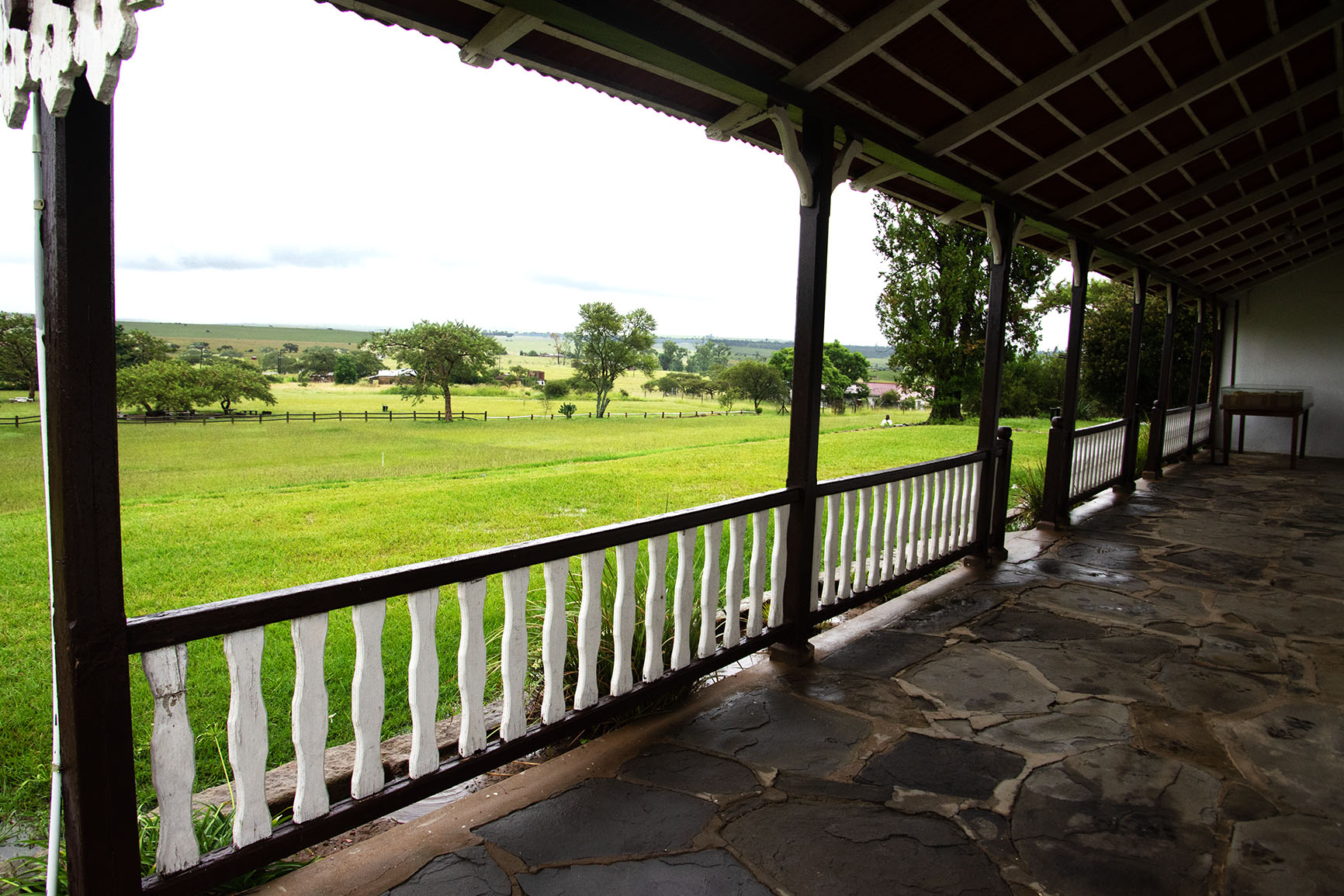
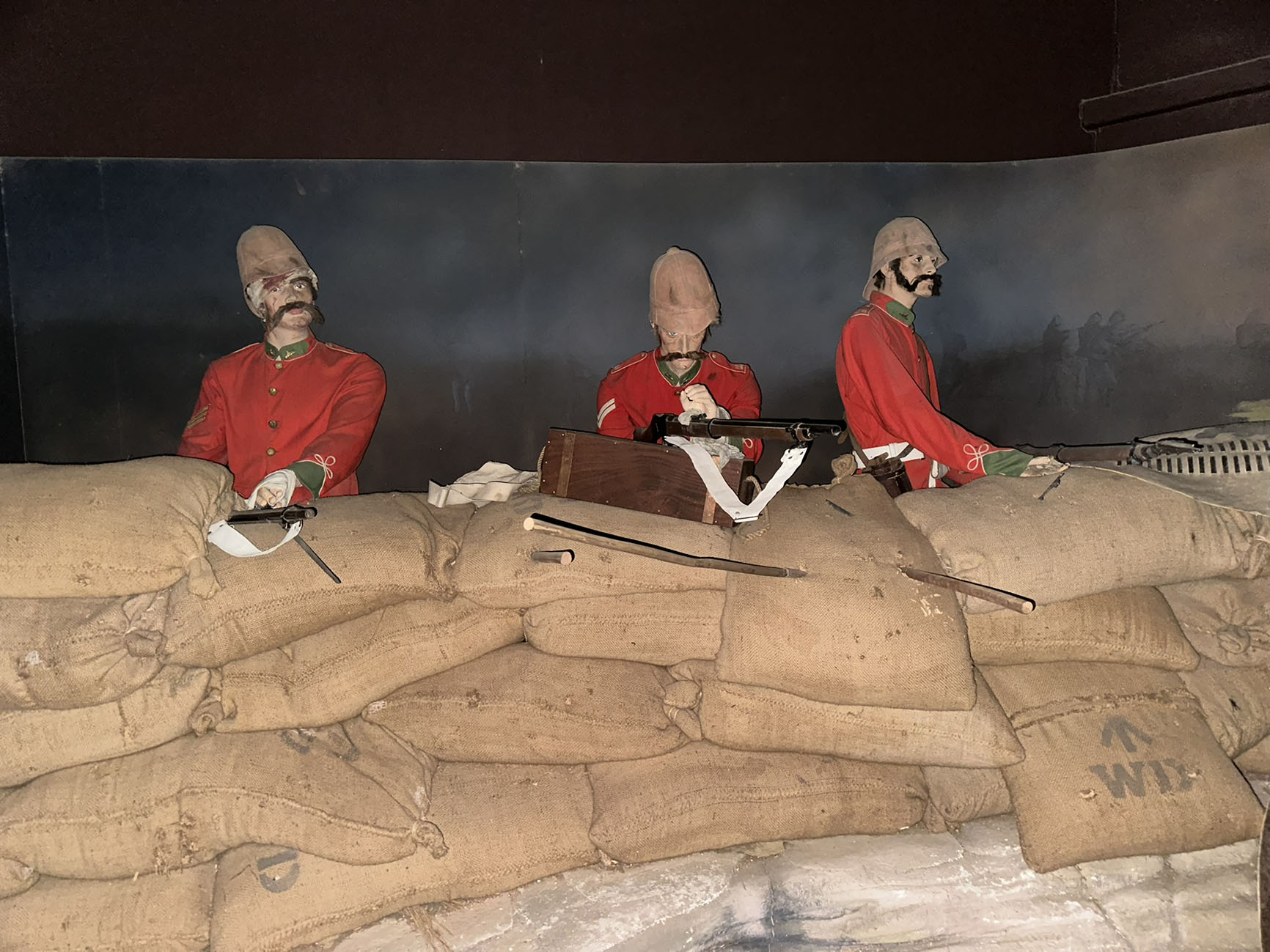
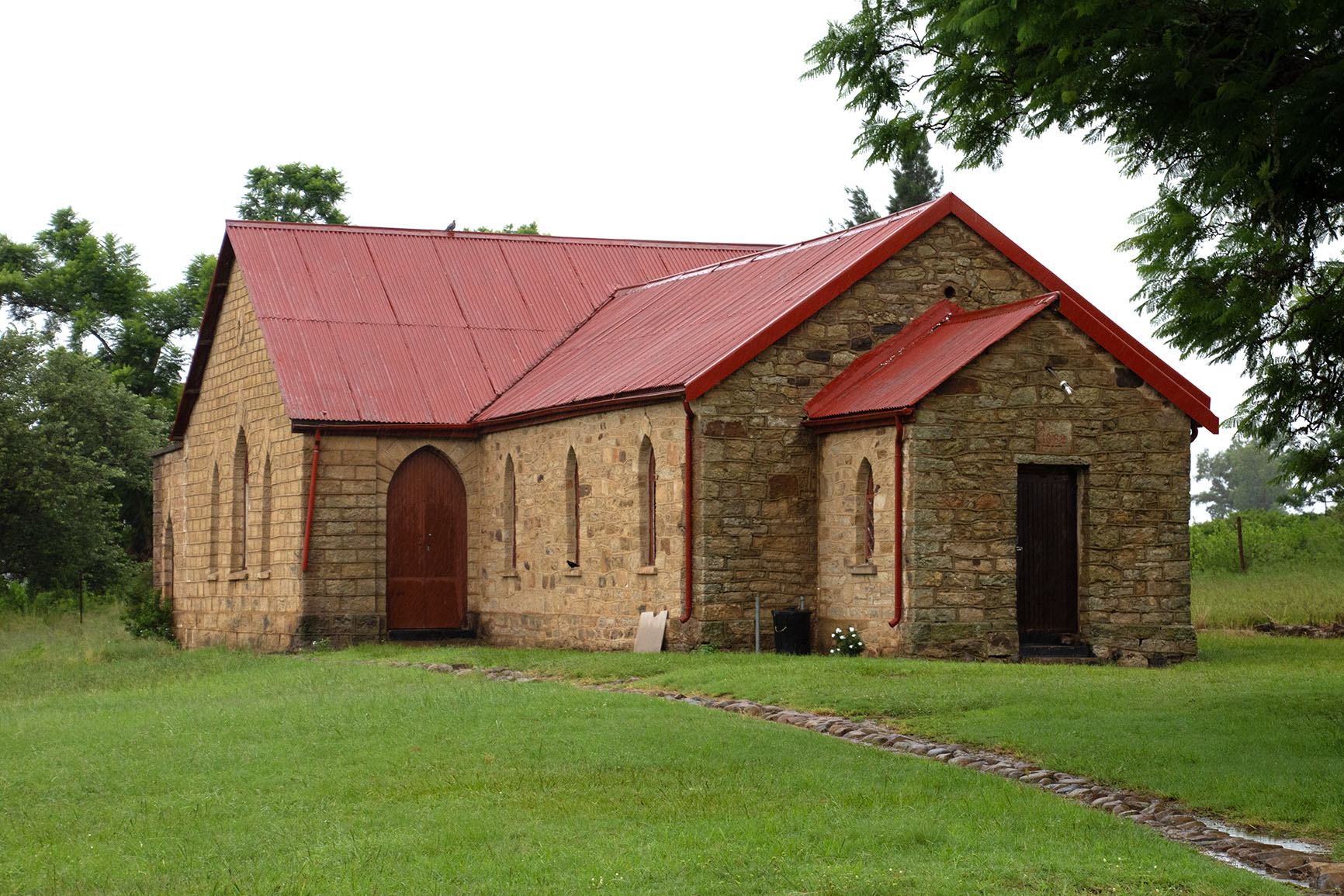
Spion Kop Images: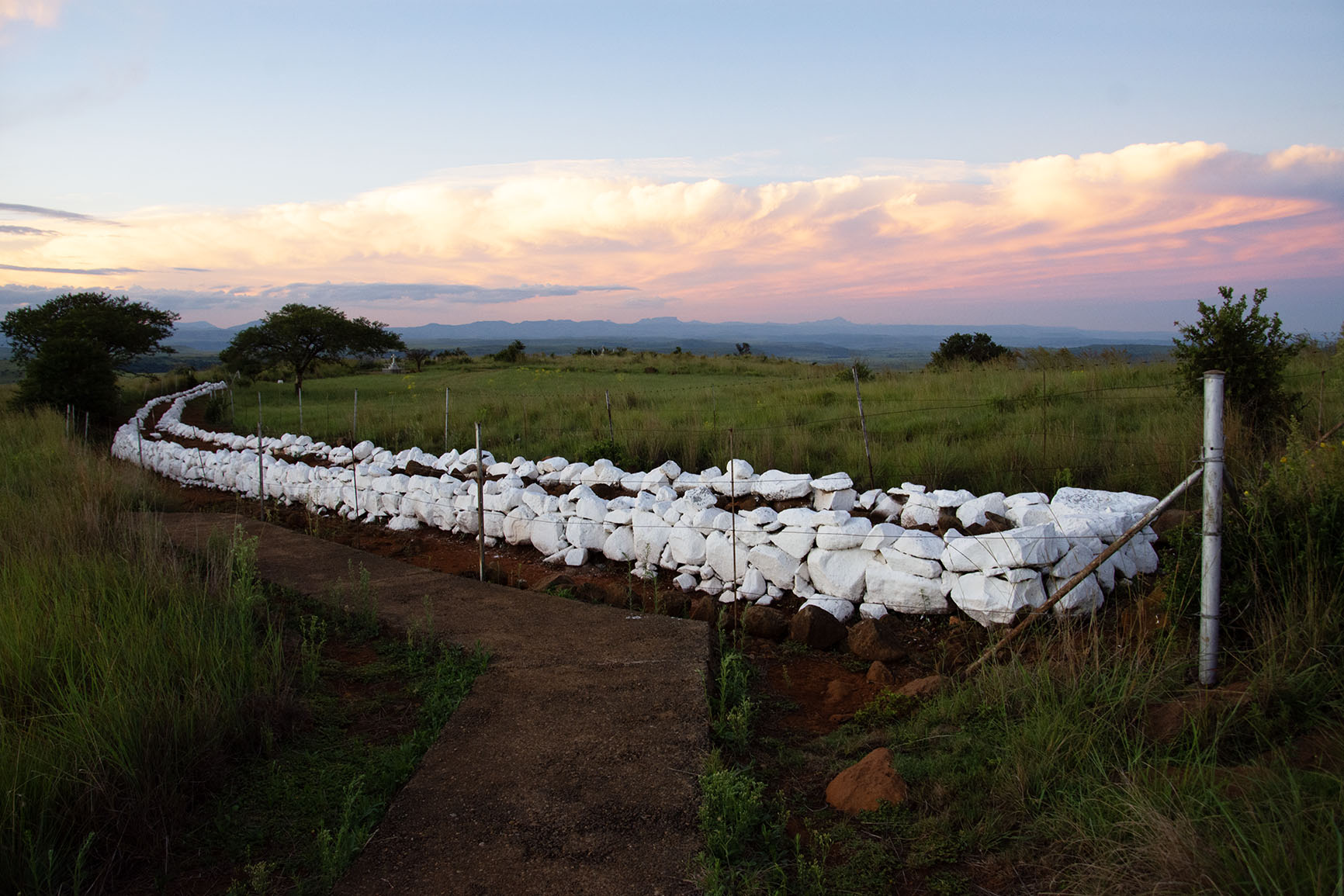
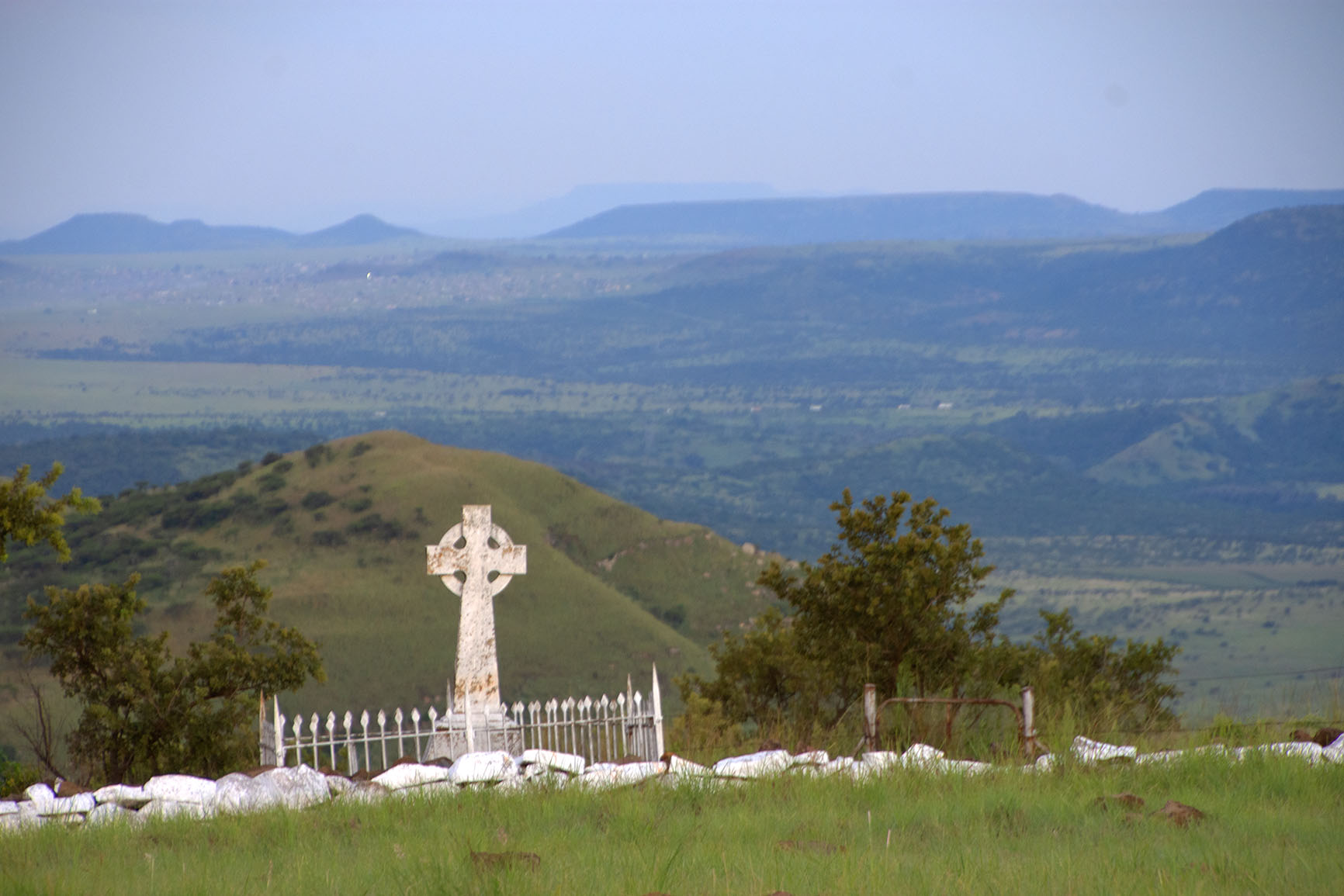
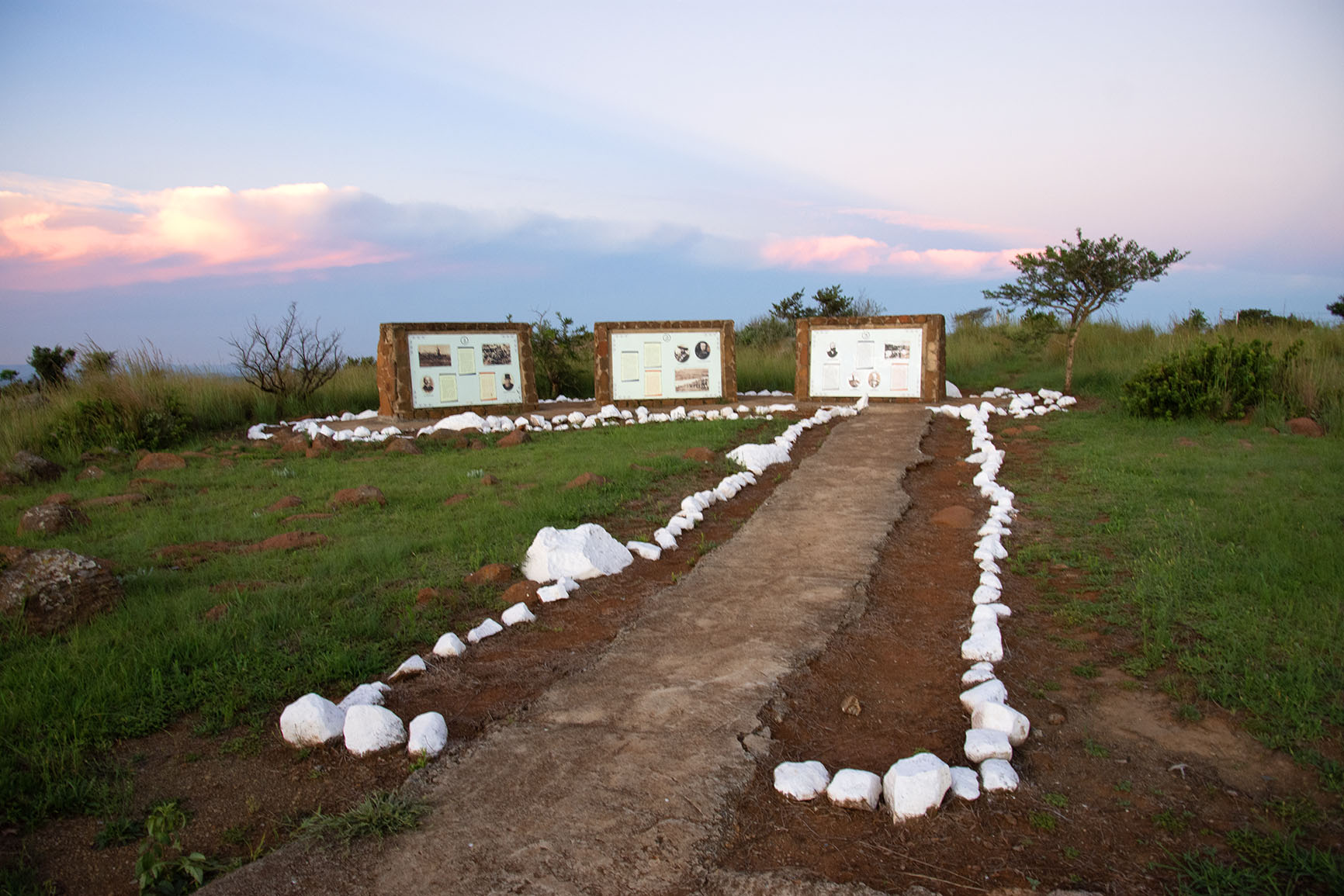
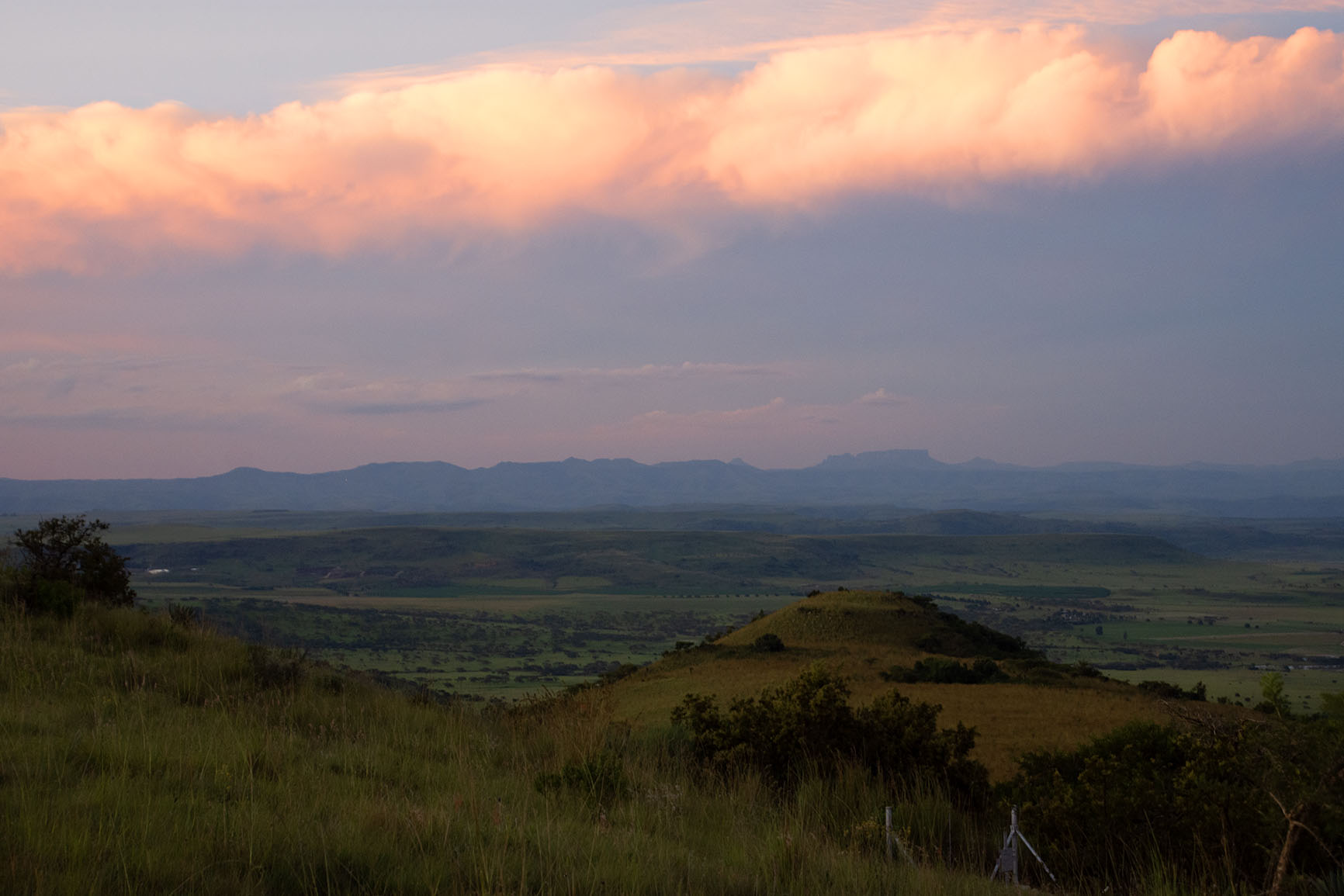
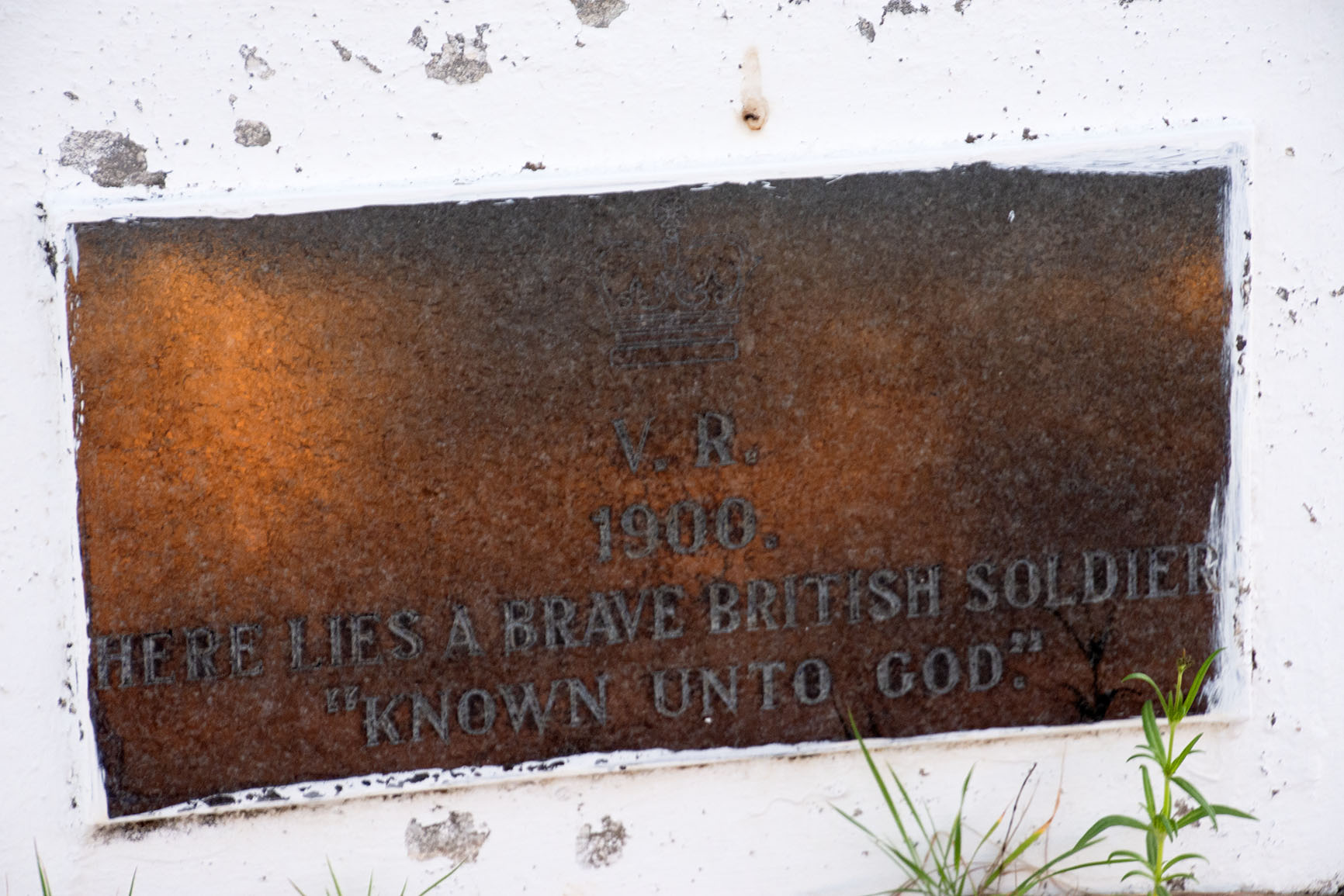
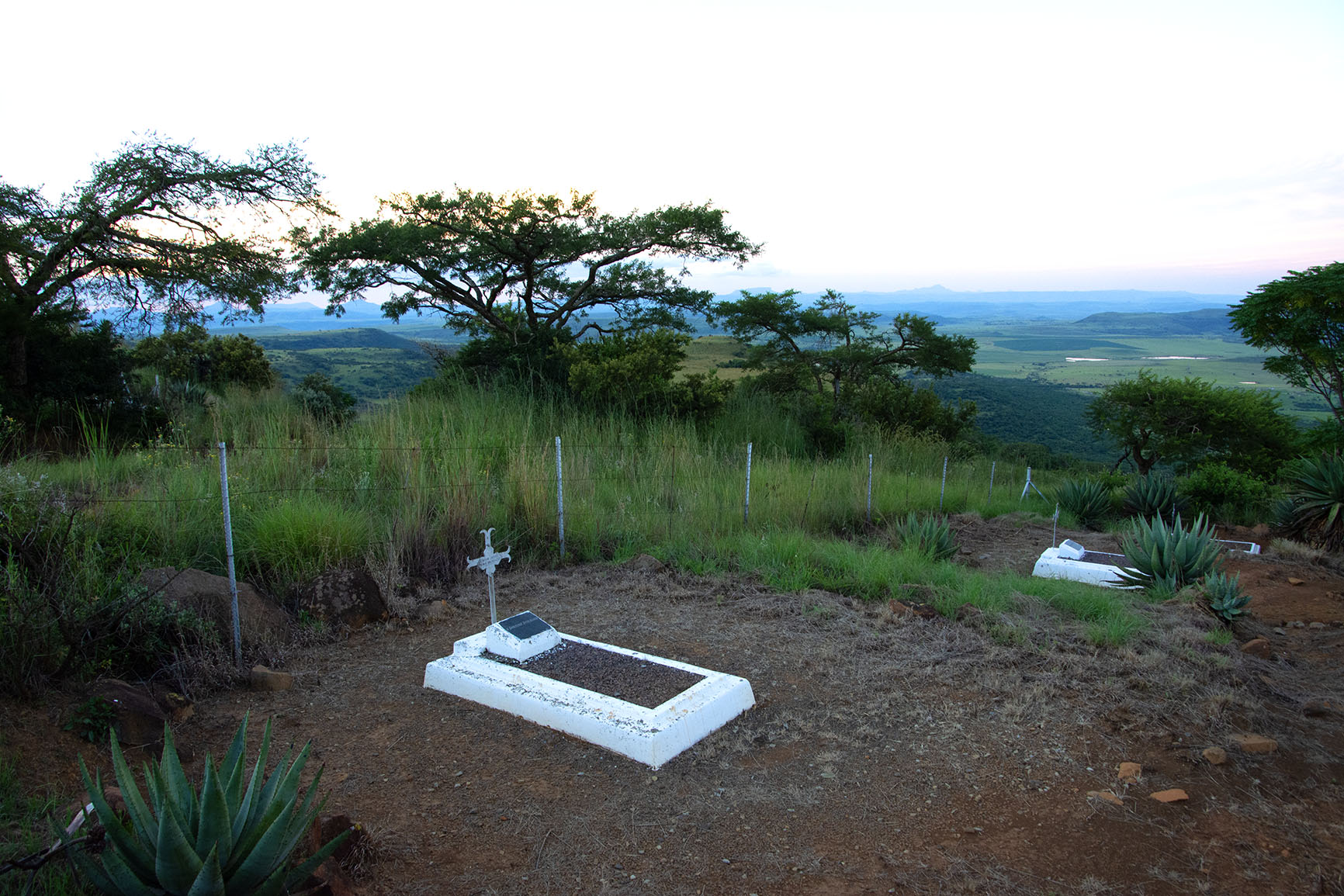
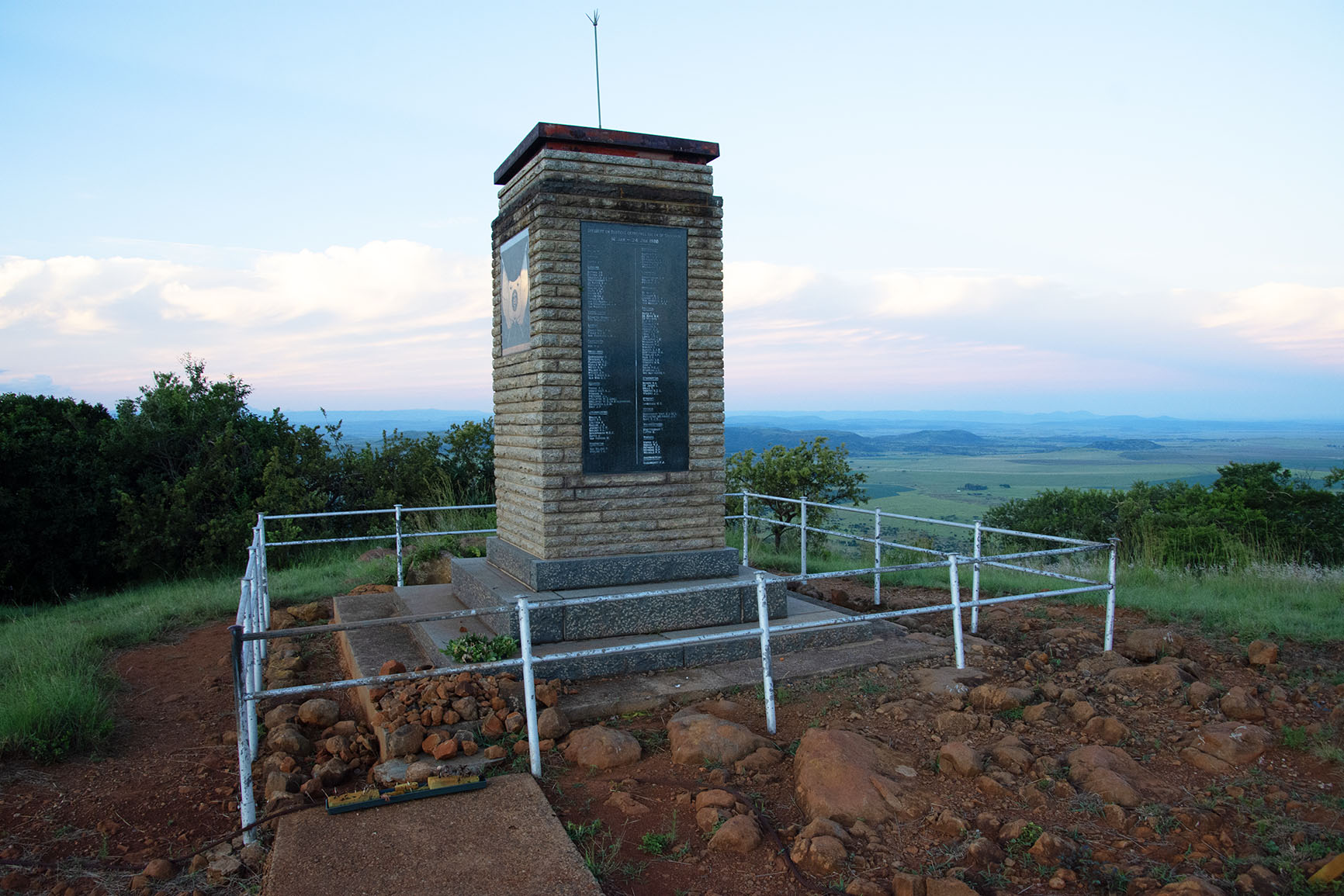
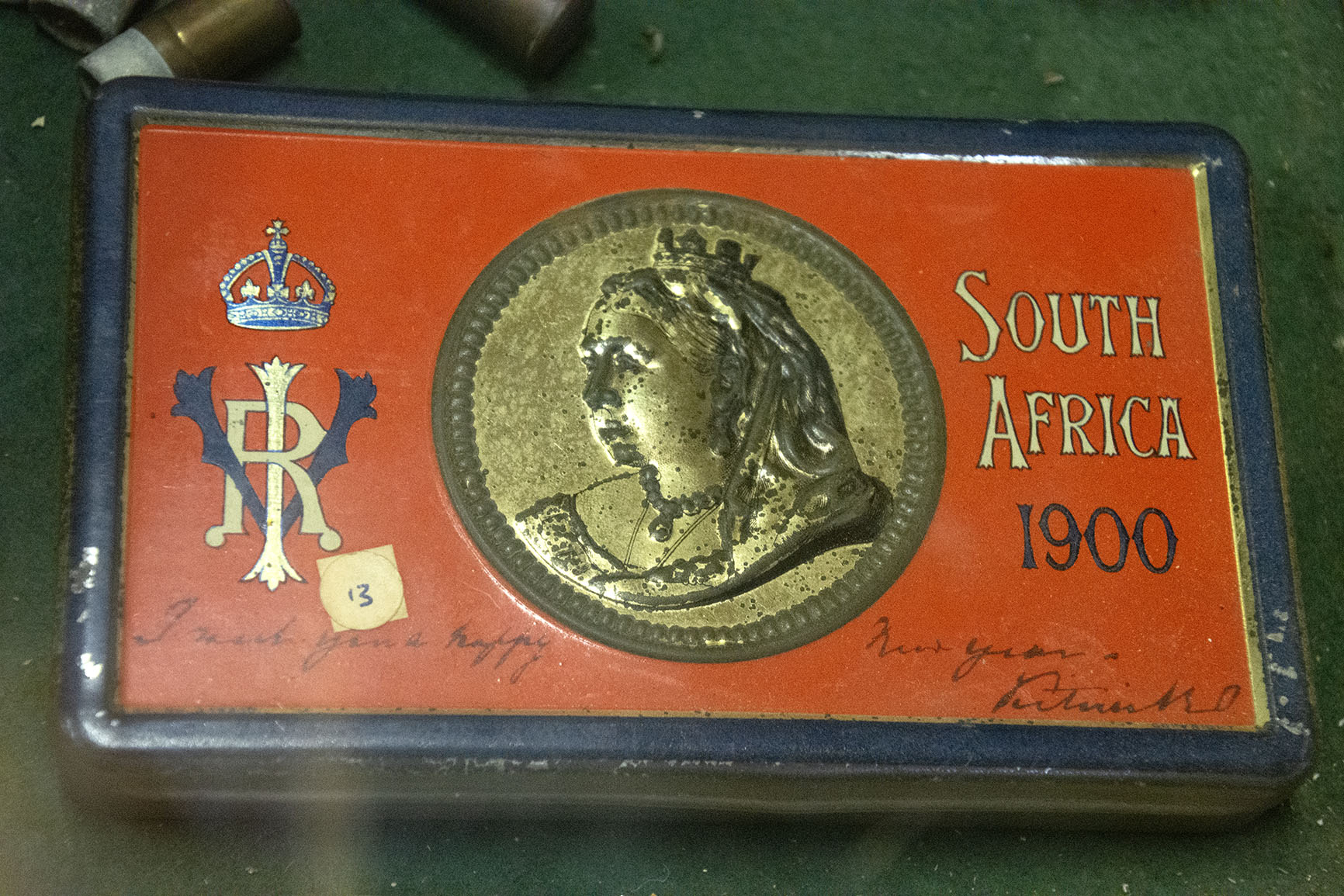
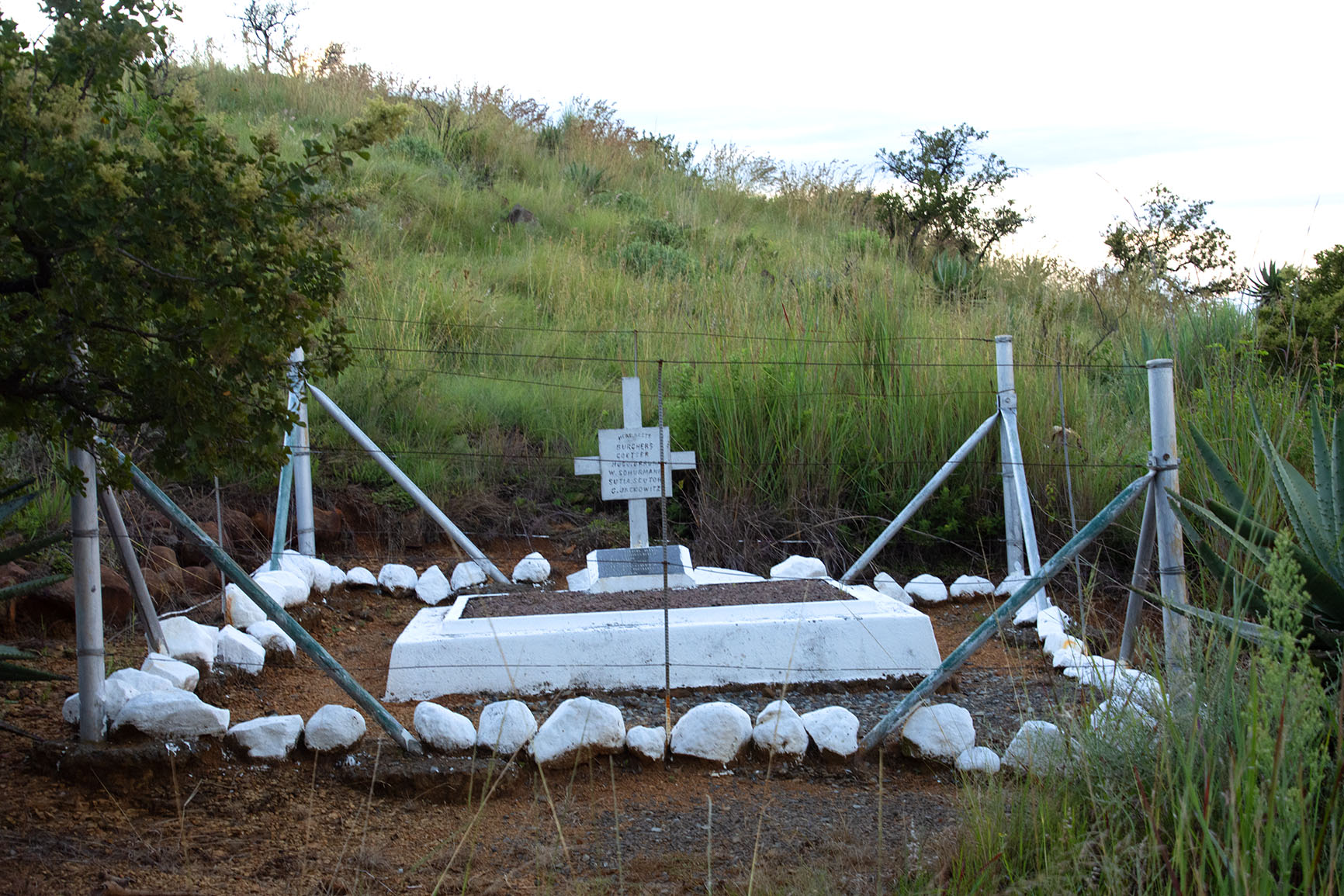
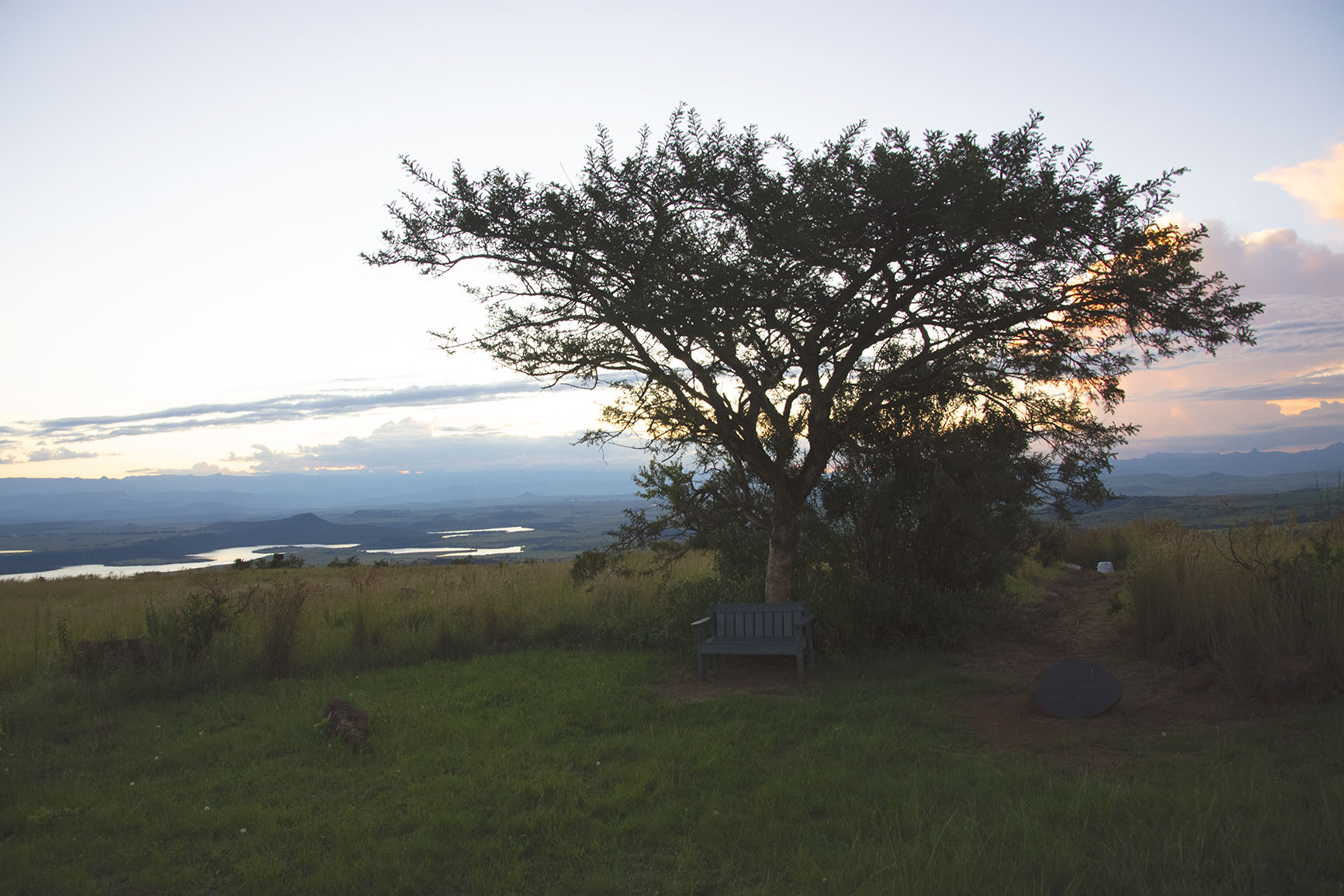
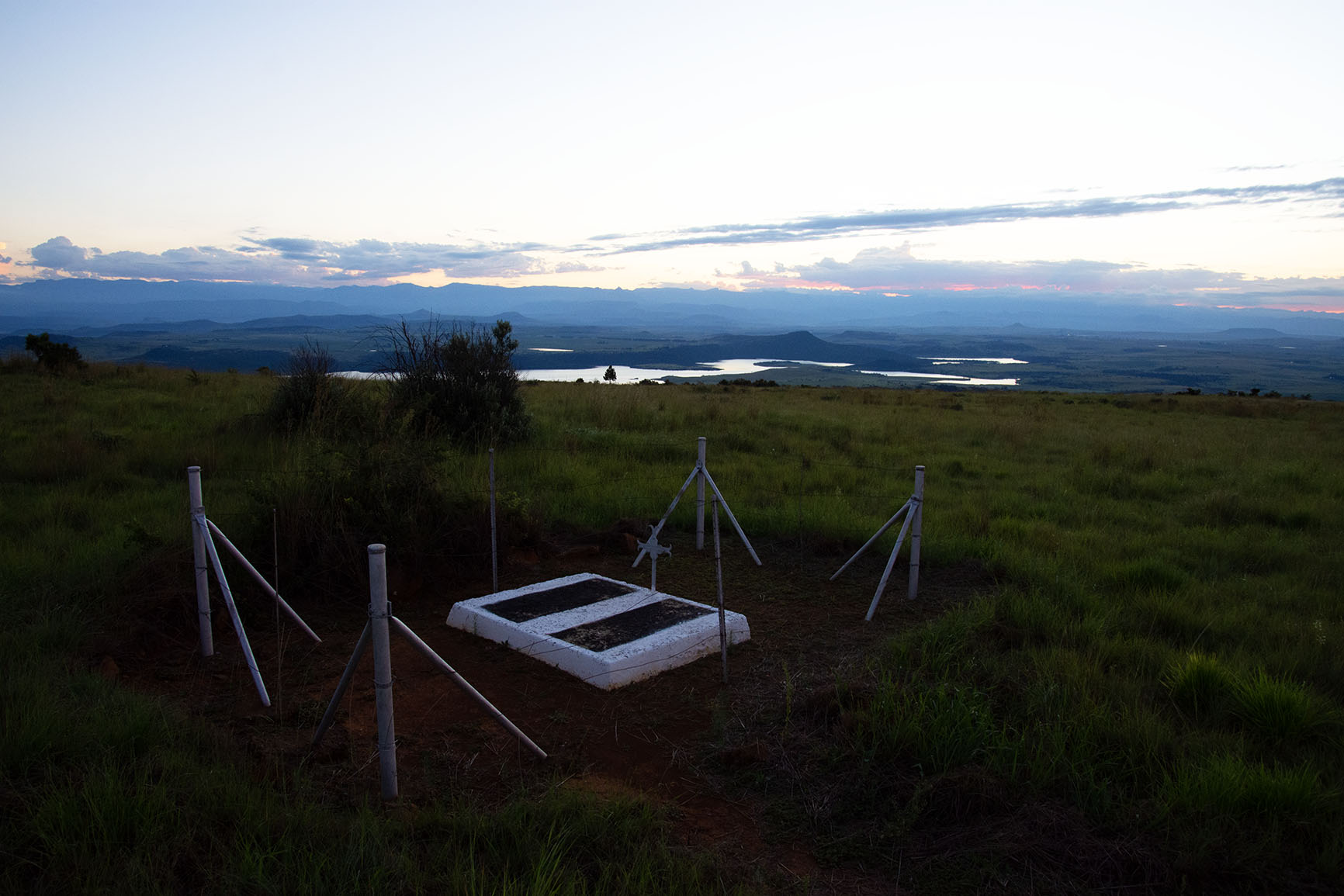
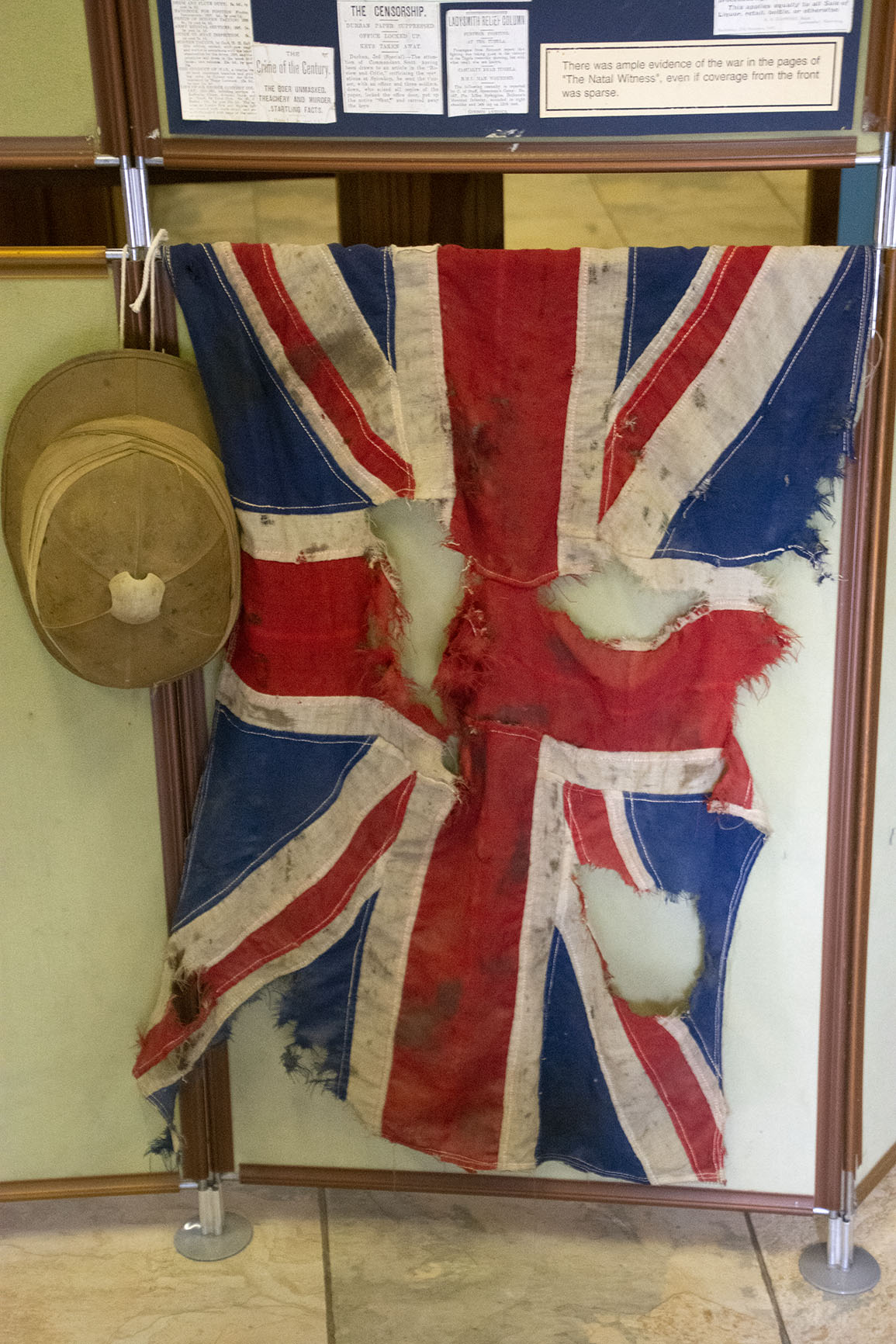








Leave a Reply
Want to join the discussion?Feel free to contribute!